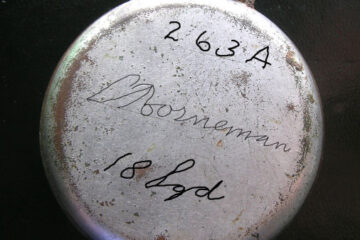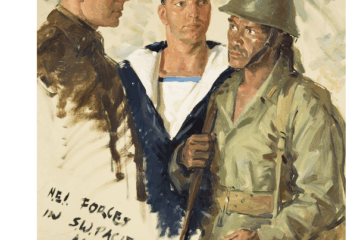During World War II, members of the Royal Australian Air Force (RAAF) were involved in a variety of operations, including flying missions on aircraft belonging to the Netherlands East Indies (NEI) Air Force. This cooperation occurred after the fall of the Dutch East Indies (now Indonesia) to Japanese forces in 1942. Many Dutch personnel, including military units, evacuated to Australia, where they continued their war efforts.
Here’s an overview of RAAF involvement with NEI aircraft during WWII:
Formation of RAAF Squadrons with NEI Personnel
- After the Japanese occupation of the Dutch East Indies, many Dutch airmen and aircraft made their way to Australia. Two notable squadrons, No. 18 (NEI) Squadron and No. 120 (NEI) Squadron, were formed under RAAF command but included NEI aircrews and ground staff.
- No. 18 (NEI) Squadron: Formed in April 1942, this squadron was based at RAAF Fairbairn in Canberra and flew medium bombers, such as the B-25 Mitchell. The squadron was a joint unit comprising RAAF and NEI aircrew and saw action in the Southwest Pacific, conducting bombing raids on Japanese targets.
- No. 120 (NEI) Squadron: This squadron was formed in 1943 and flew P-40 Kittyhawks. It also operated under RAAF control and conducted missions in the Southwest Pacific Area, particularly in the defense of Northern Australia and later in campaigns in the Netherlands East Indies.
Cooperation Between RAAF and NEI
- RAAF and NEI personnel worked closely together, with RAAF pilots and crews flying alongside Dutch personnel in various roles, including bombing, reconnaissance, and patrol missions.
- The collaboration was facilitated by Australia becoming a temporary base of operations for the exiled Dutch government in the Pacific and their military forces, including the Royal Netherlands East Indies Army Air Force (ML-KNIL).
Key Aircraft Used
- The B-25 Mitchell was a prominent aircraft used by the joint RAAF-NEI units, particularly in No. 18 Squadron.
- The P-40 Kittyhawk was another key aircraft, used for fighter missions and ground-attack roles in No. 120 Squadron.
- Catalina flying boats were also used for reconnaissance and long-range patrols, contributing to the allied efforts in the Pacific.
The Dutch East Indies Forces in Exile
- With the collapse of NEI defenses, many Dutch aircrews and their families were evacuated to Australia. The NEI forces regrouped and reequipped, operating alongside the RAAF for the remainder of the war. This partnership also extended to logistics, training, and maintenance.
RAAF Personnel’s Contribution
- While the NEI aircrews were primarily responsible for the Dutch aircraft, many RAAF personnel were seconded to these squadrons. Australian pilots, navigators, and ground staff worked with Dutch personnel to operate the aircraft effectively, contributing significantly to operations in the Pacific Theater.
This joint effort between the RAAF and the NEI air force was a significant part of the broader Allied campaign in the Pacific, allowing for the continued resistance against Japanese forces in the region even after the occupation of the Dutch East Indies.
Archival Documents
Below are archival documents on RAAF Members on Netherlands East Indies Aircraft from the collection of Peter Dunn.
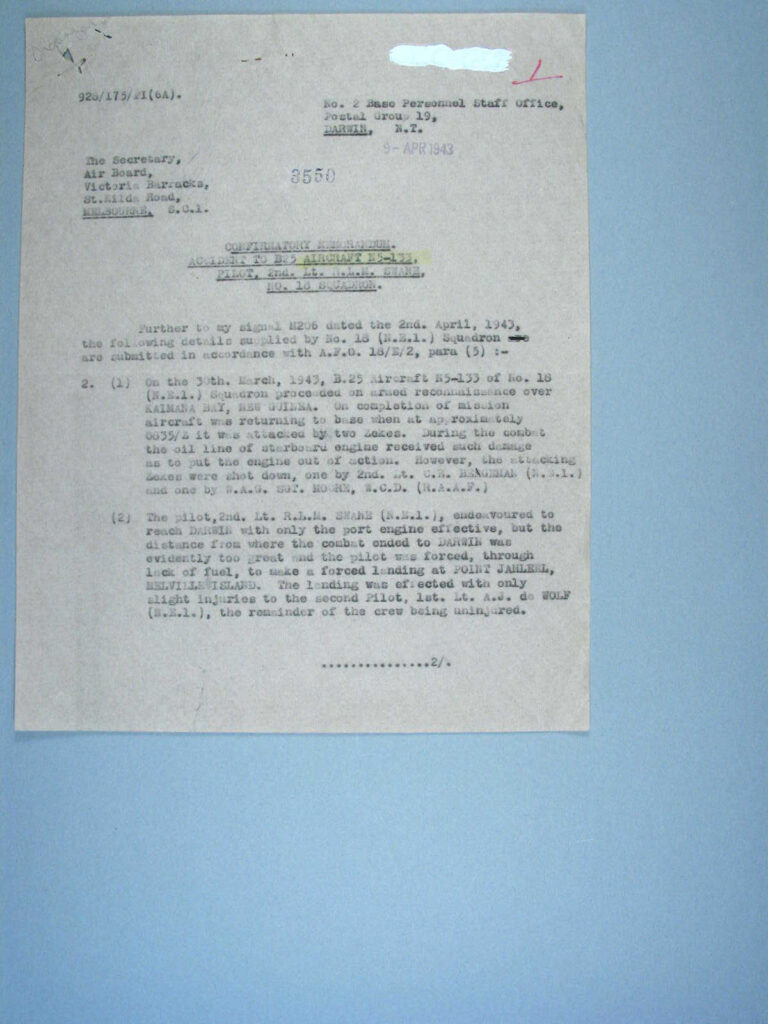
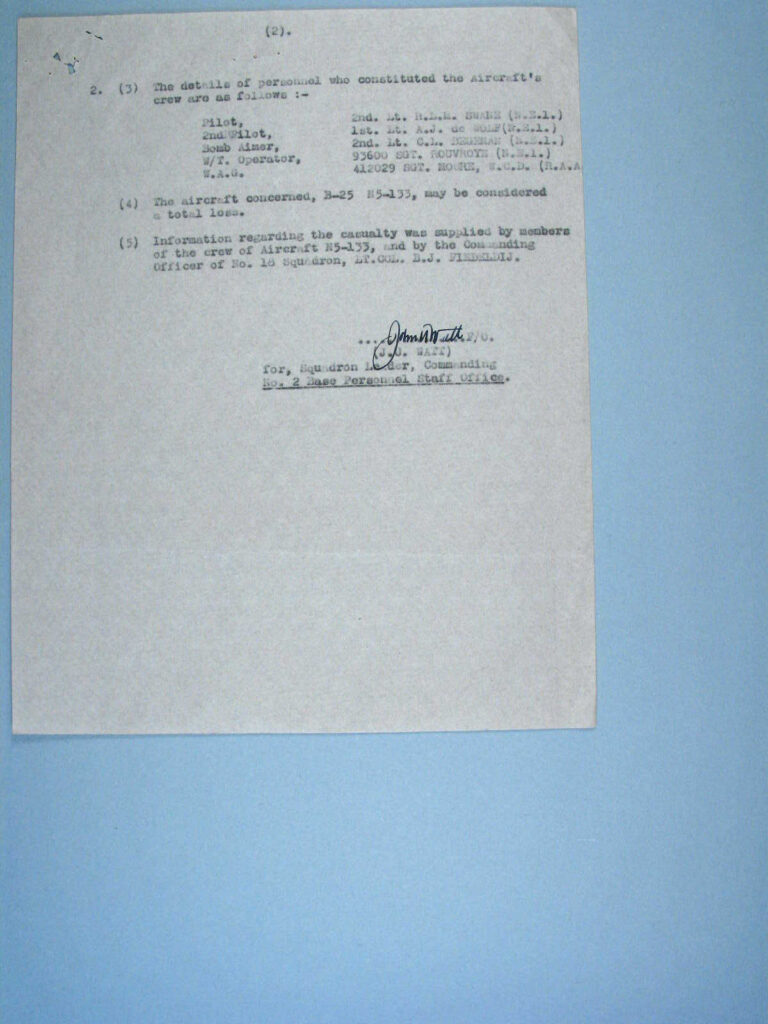
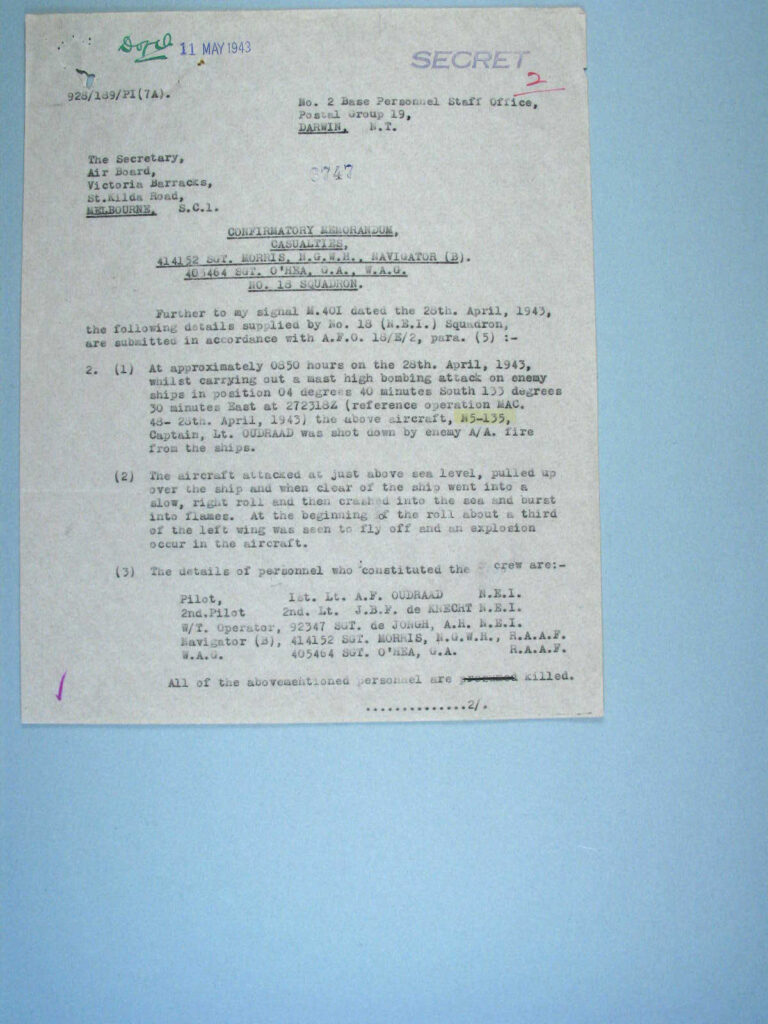
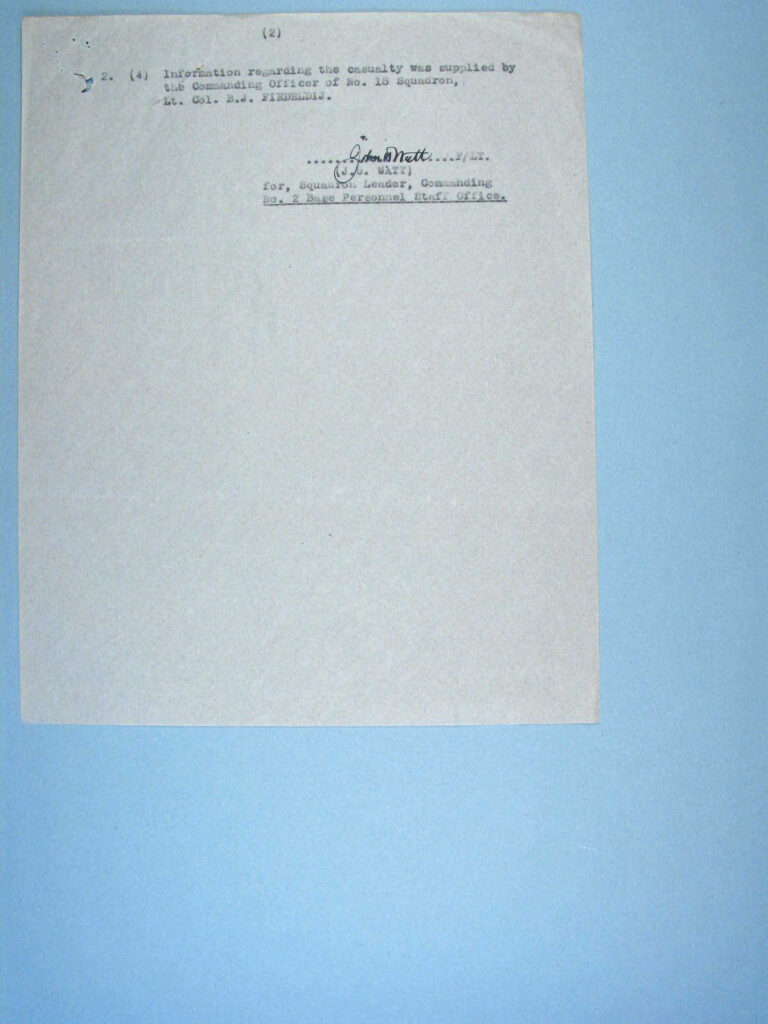
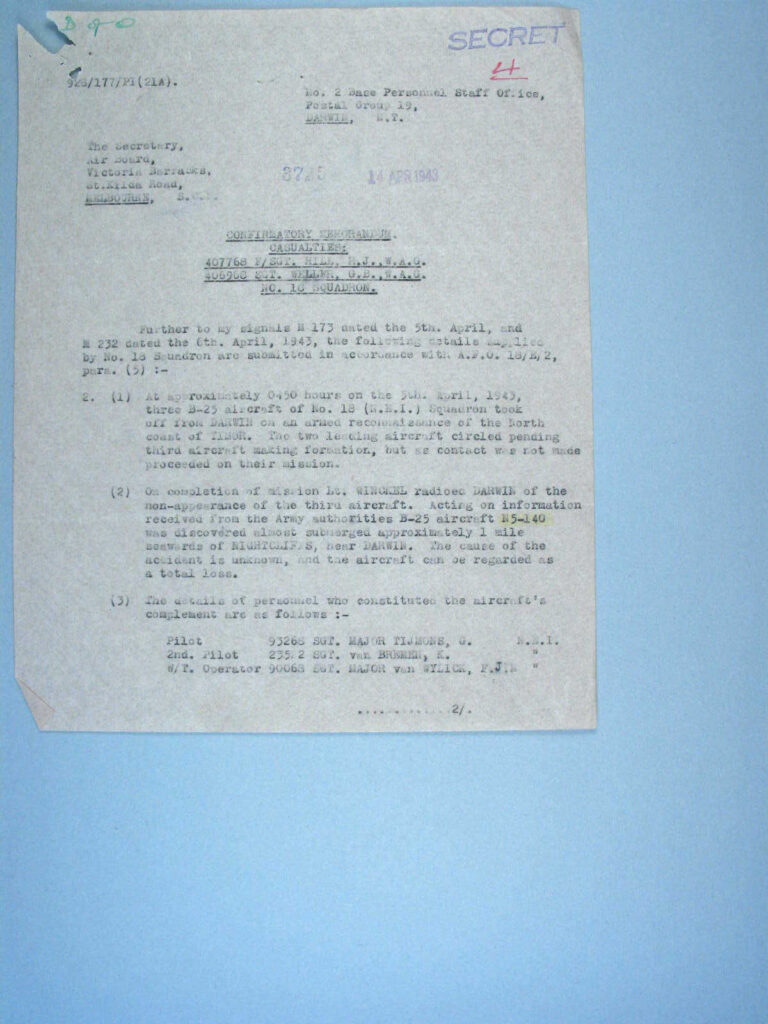
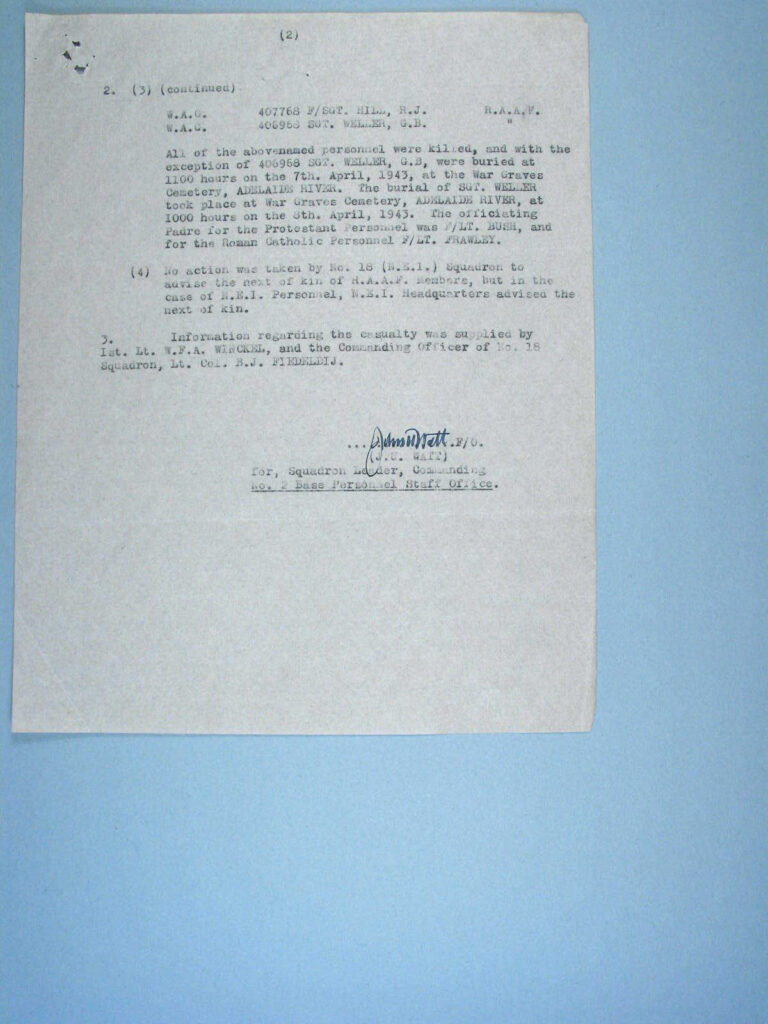
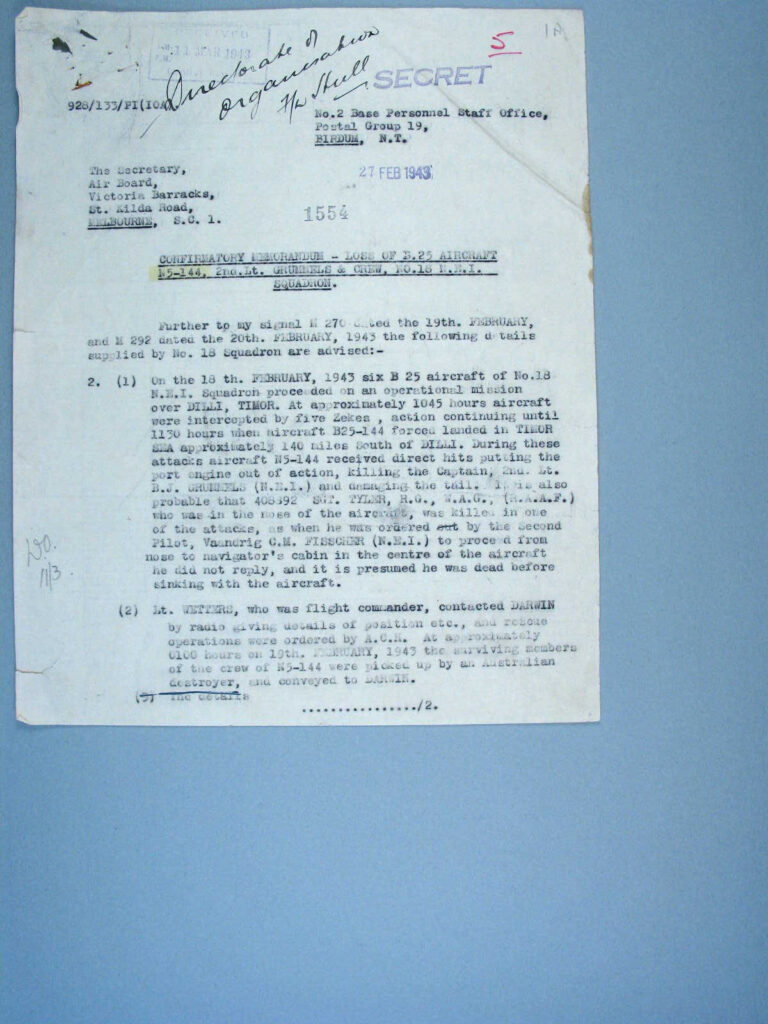

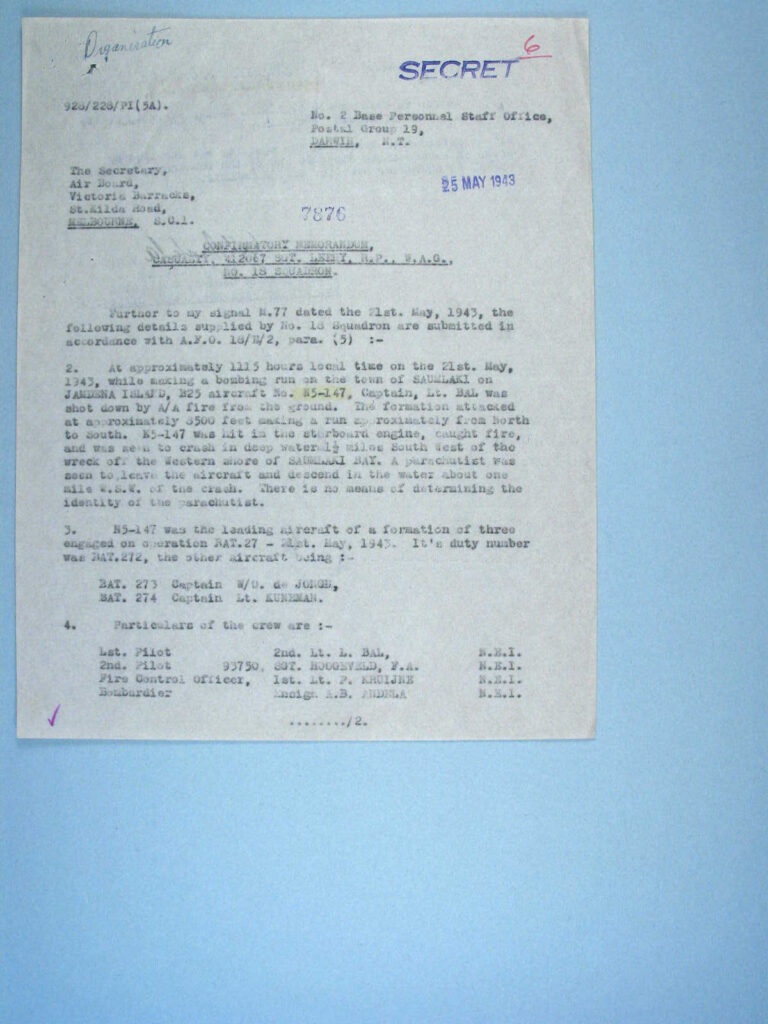
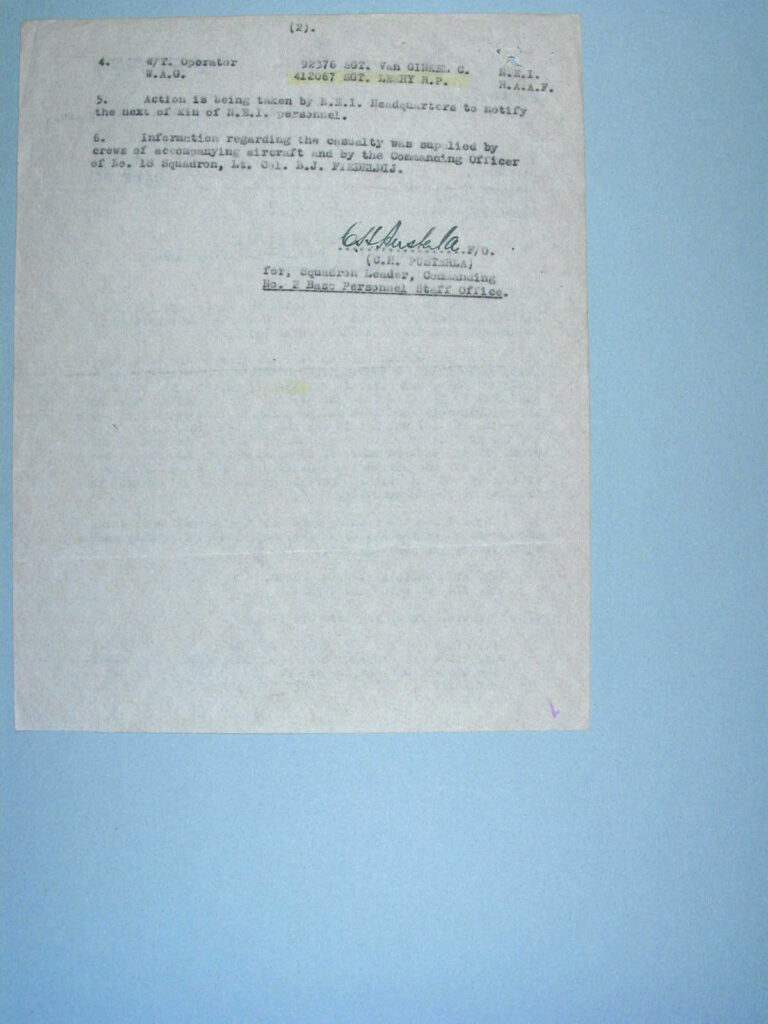
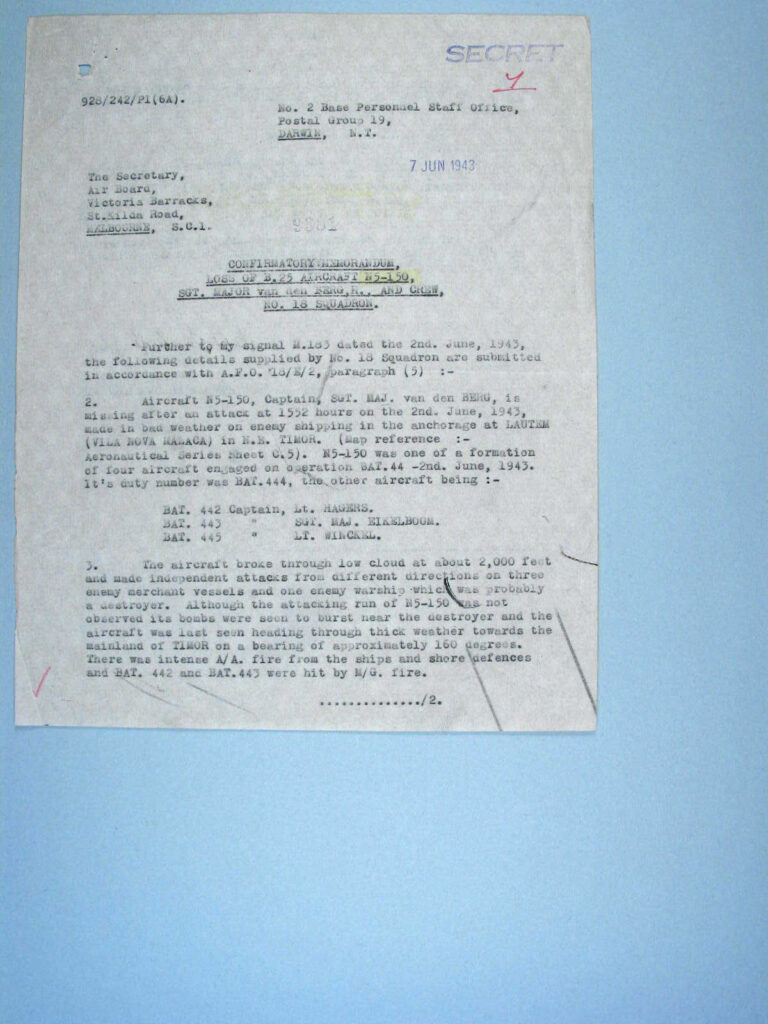
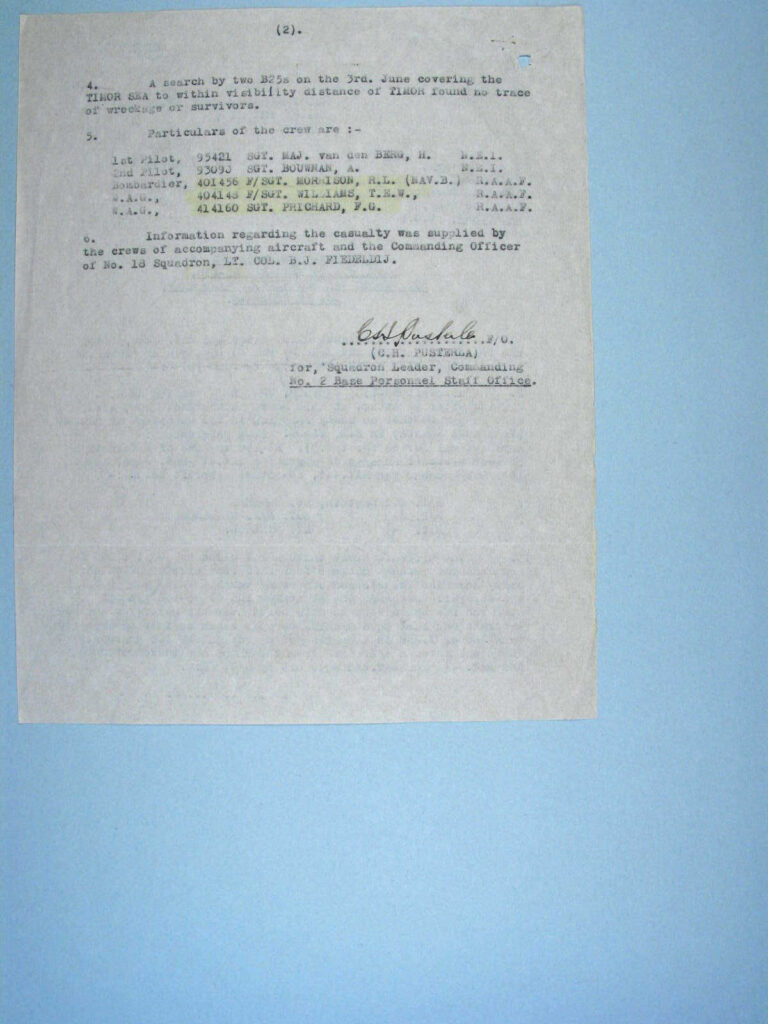
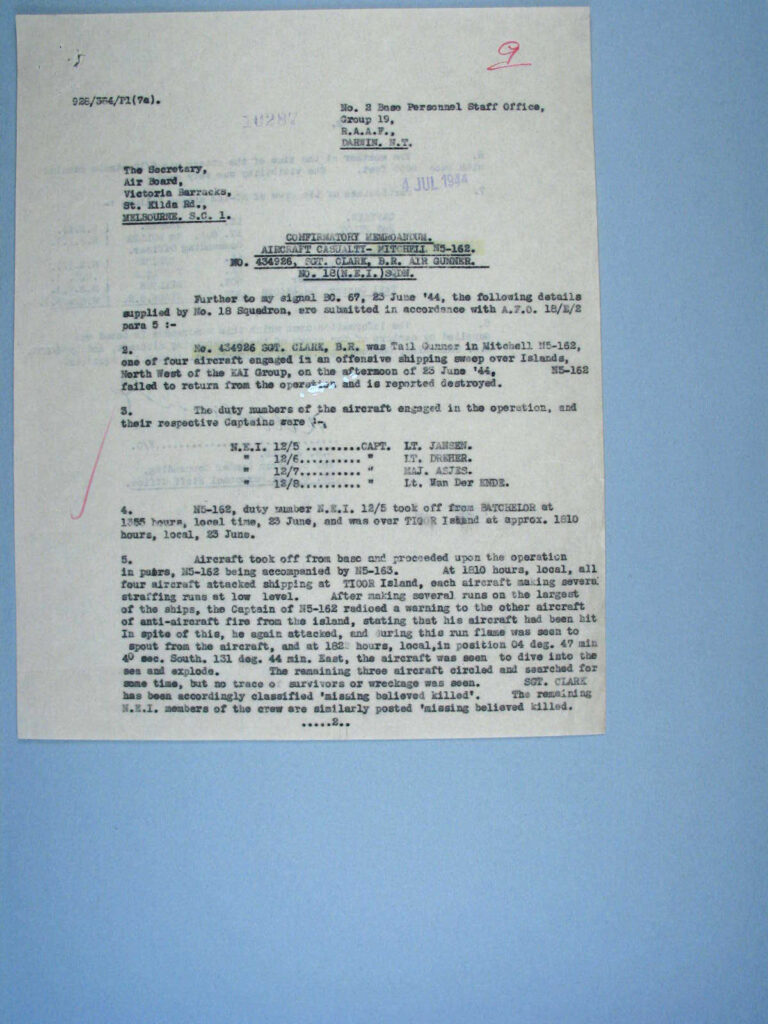
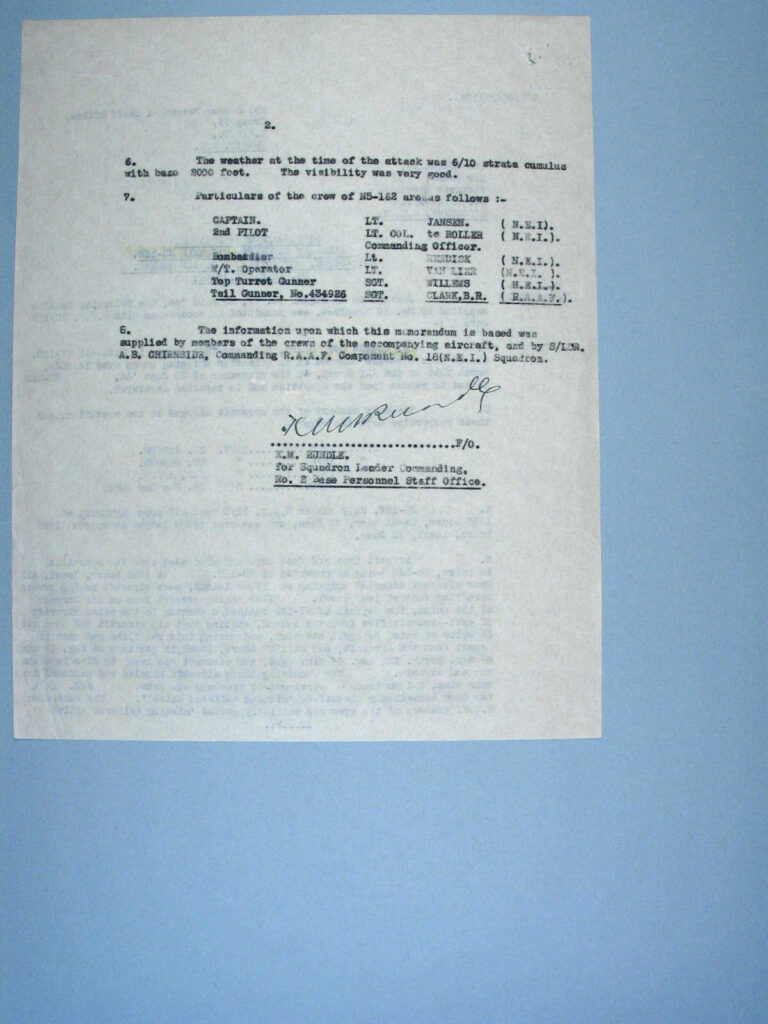
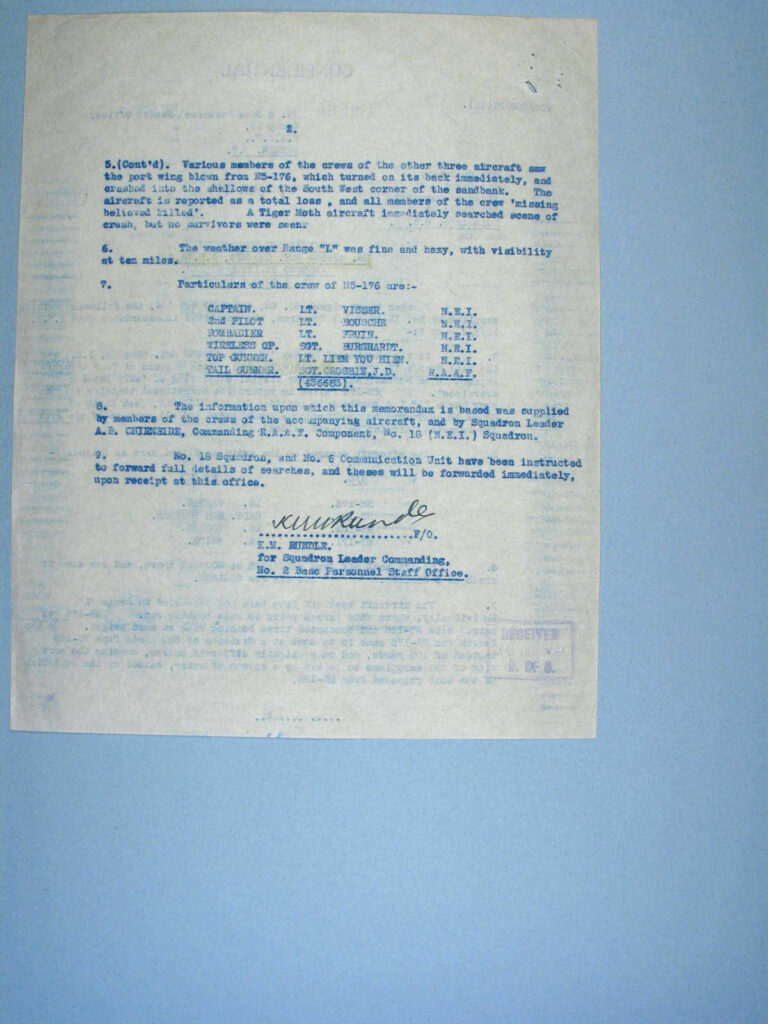
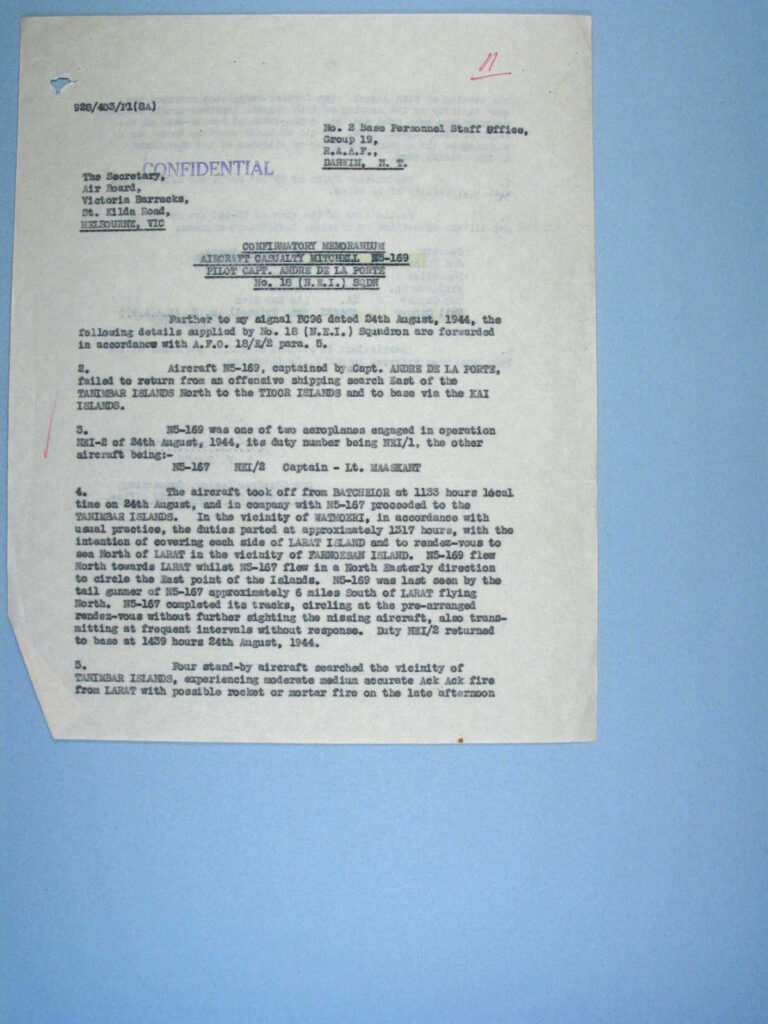
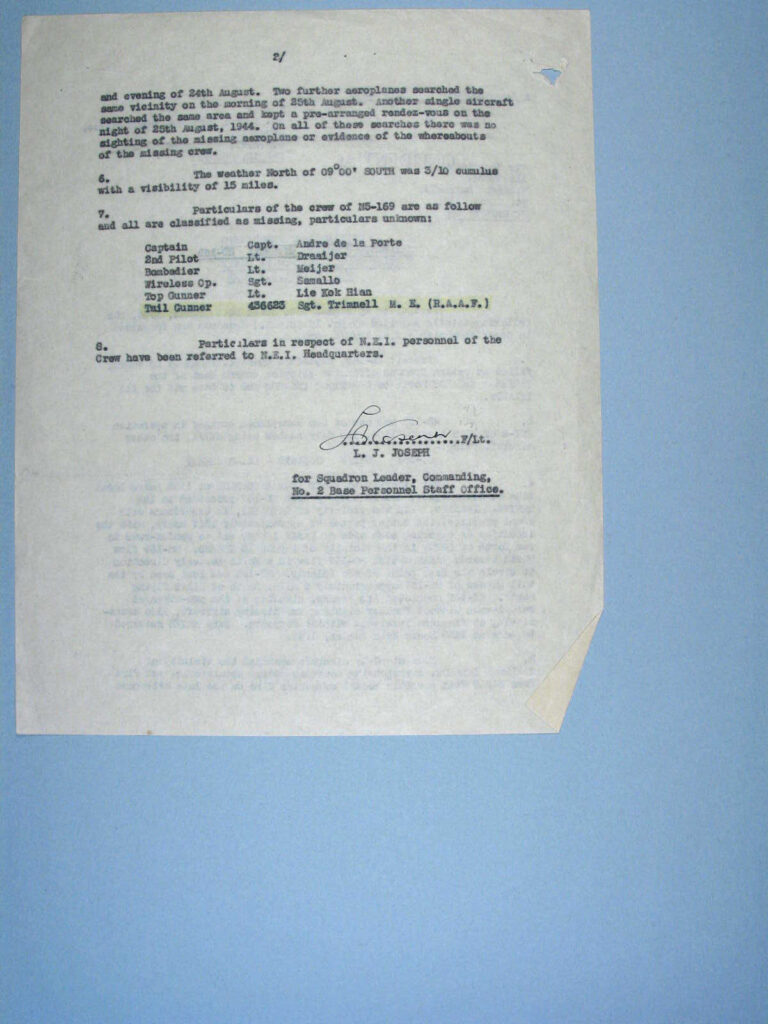
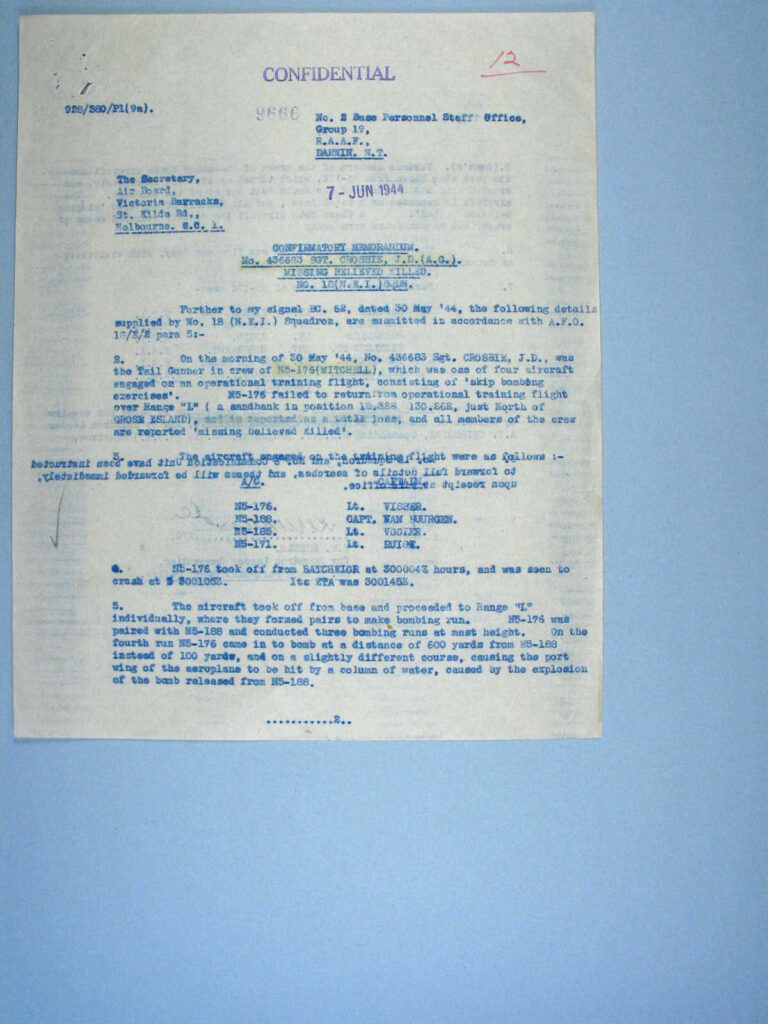
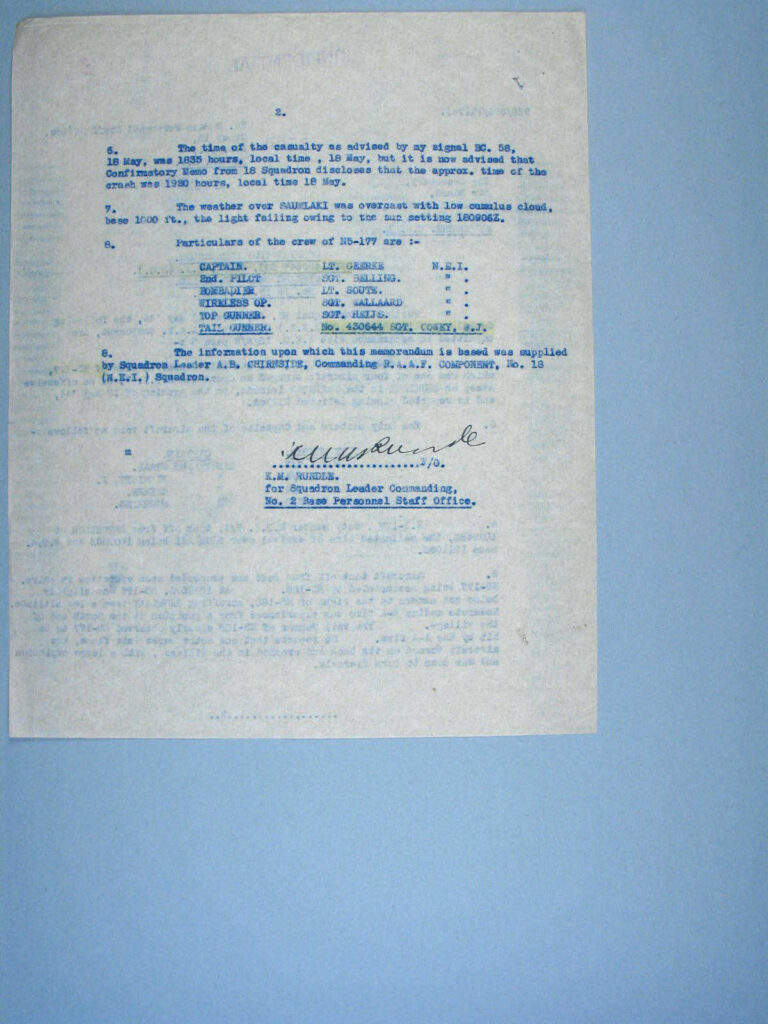
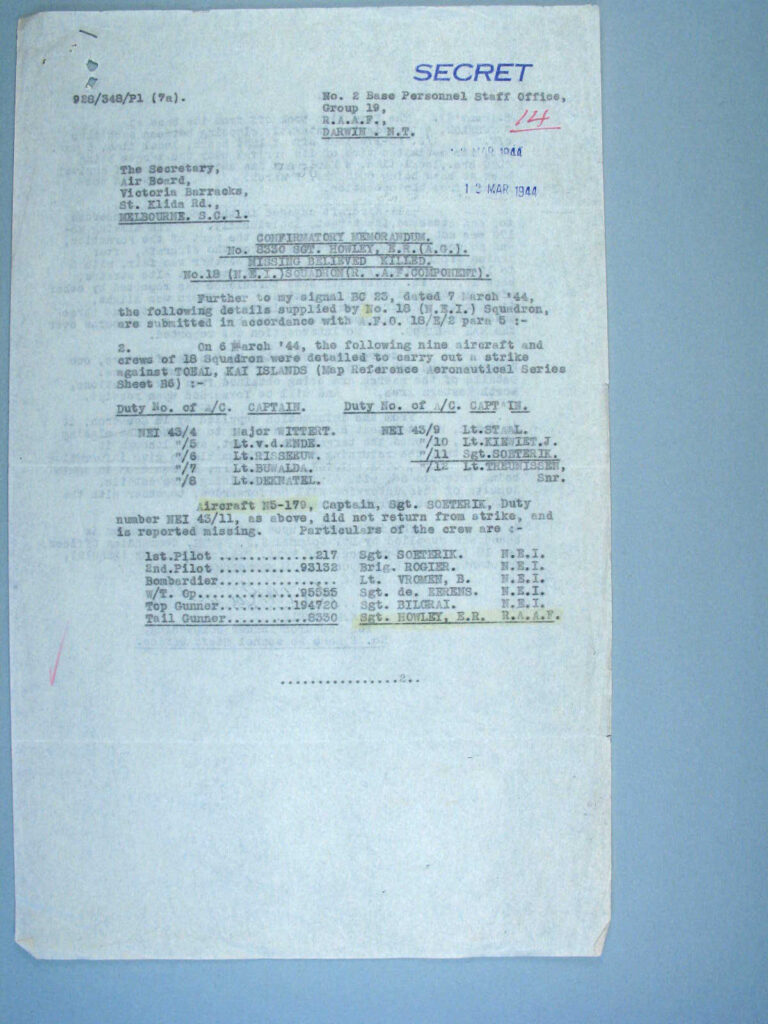
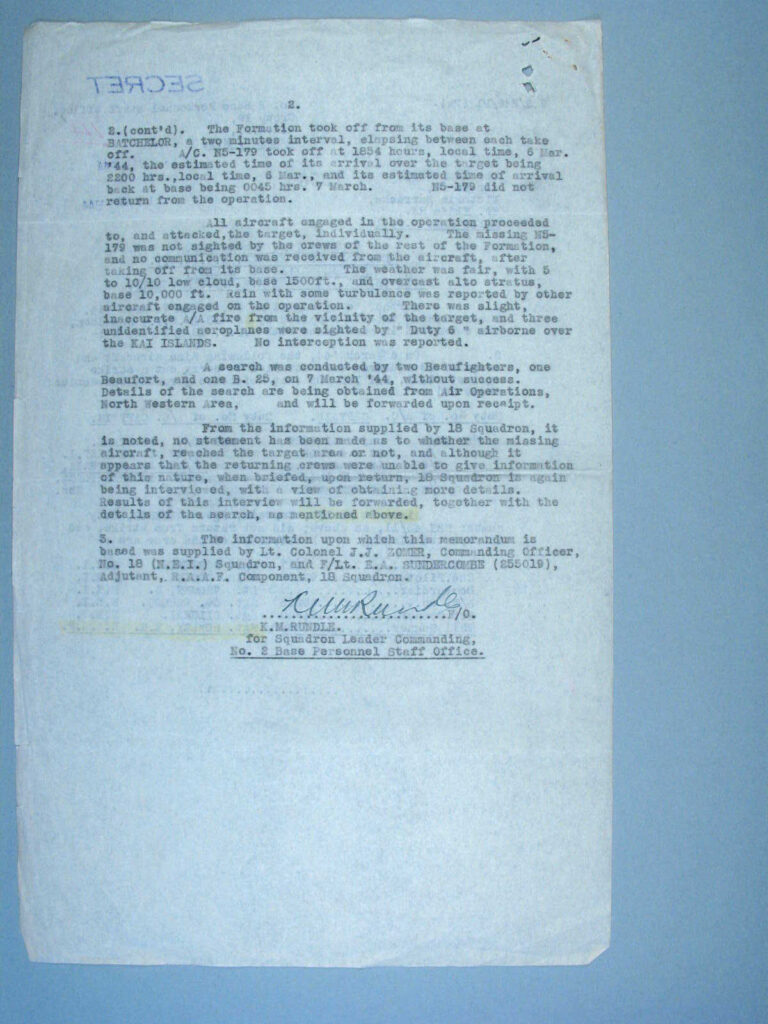

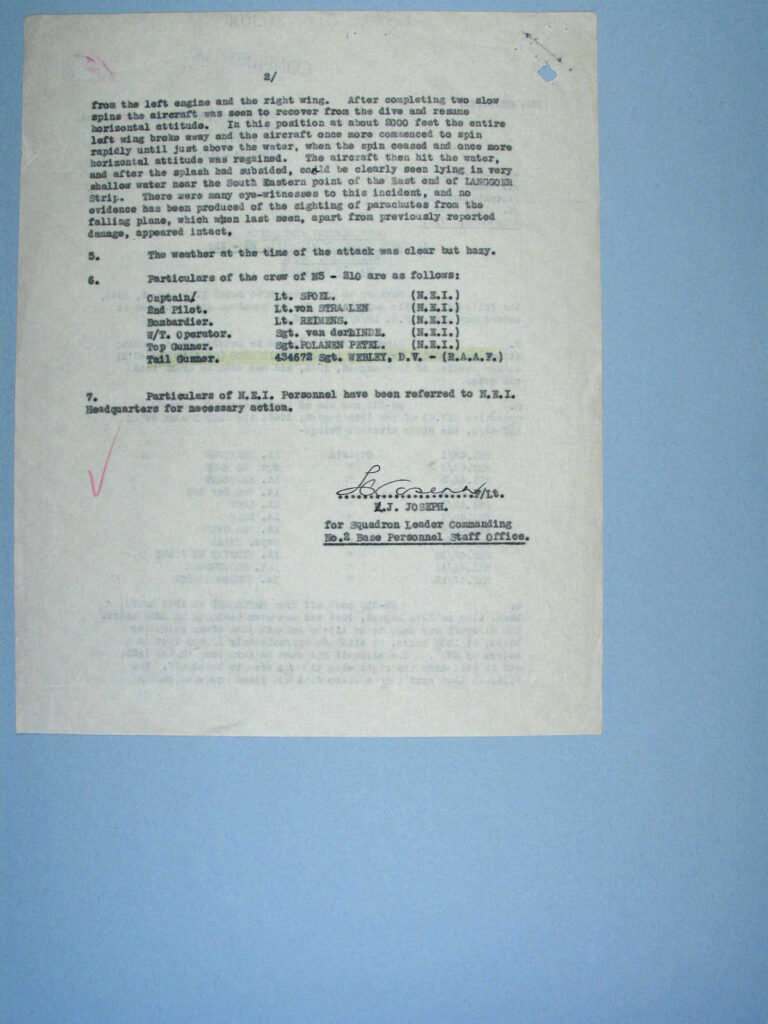
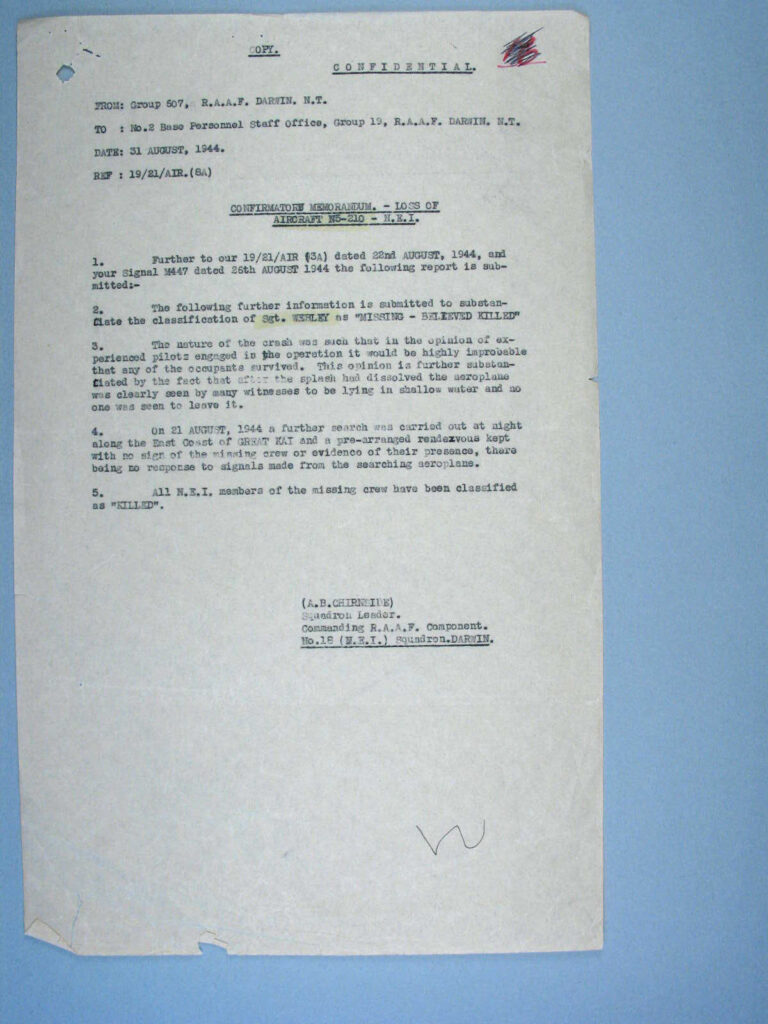
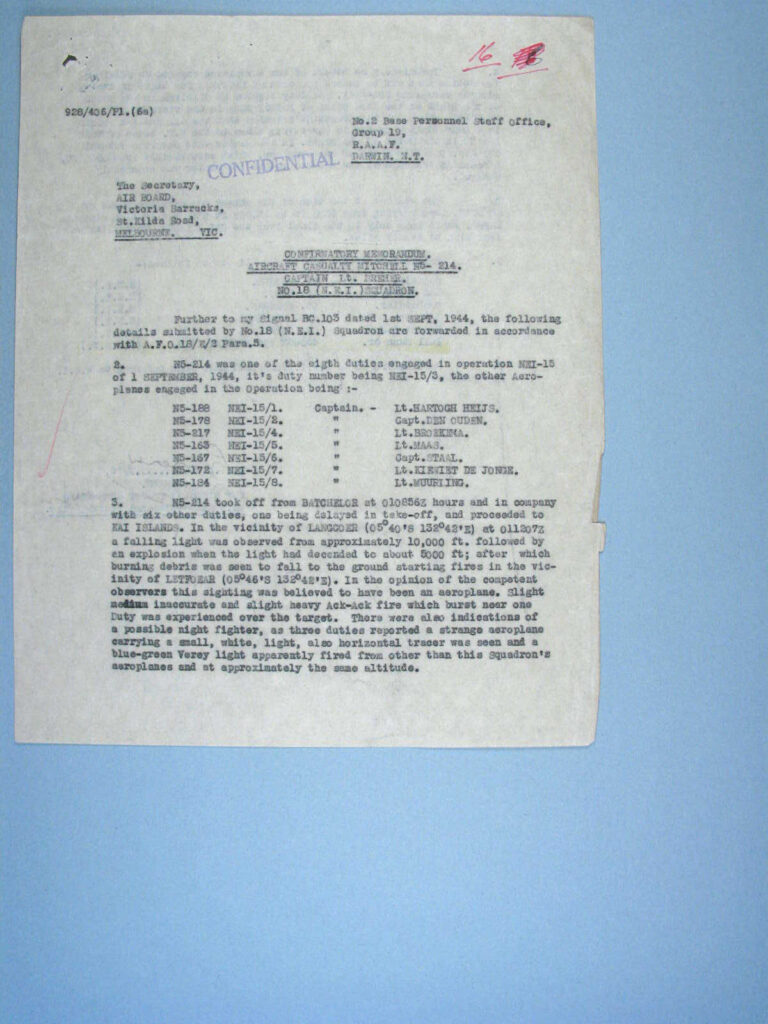
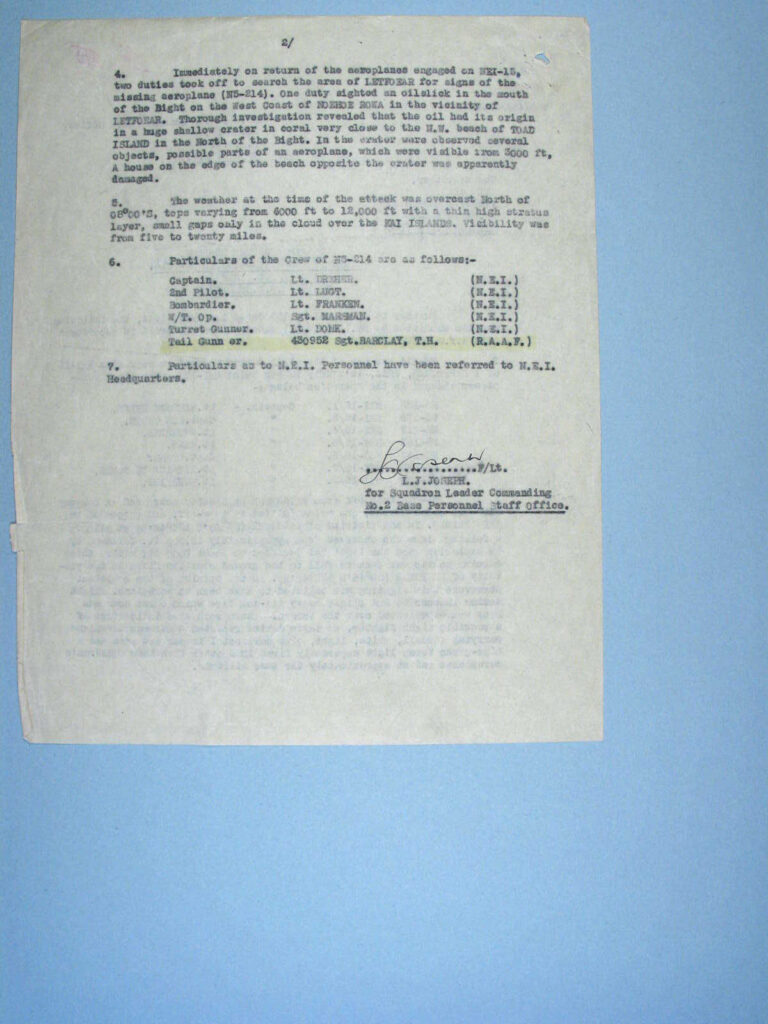
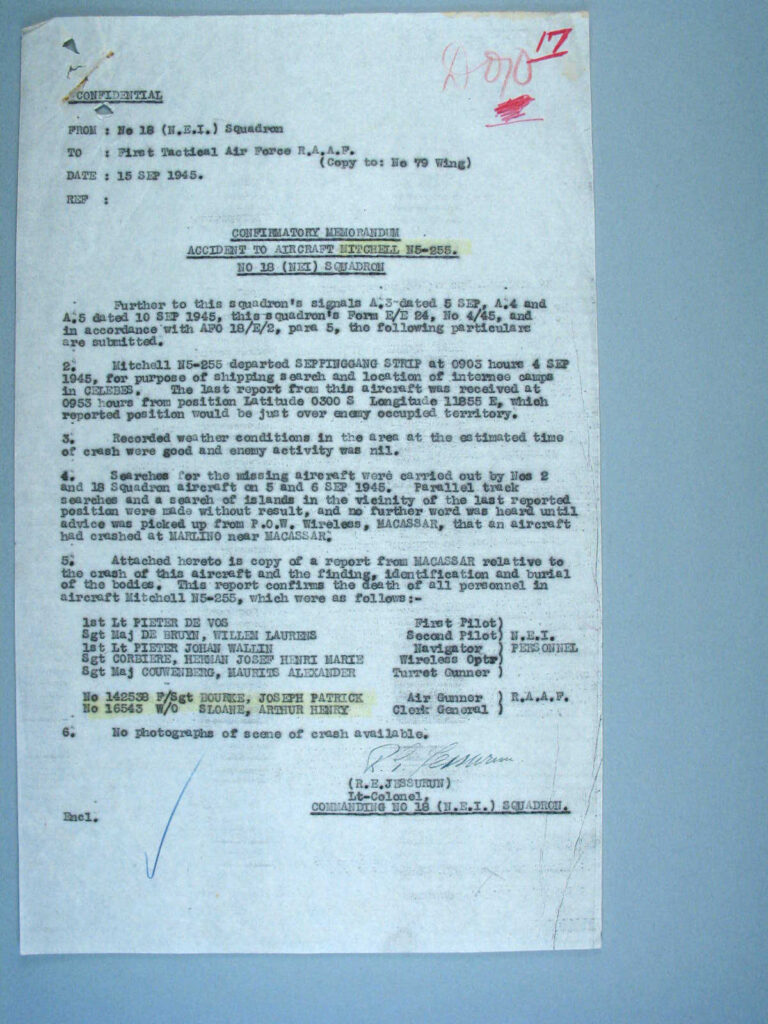
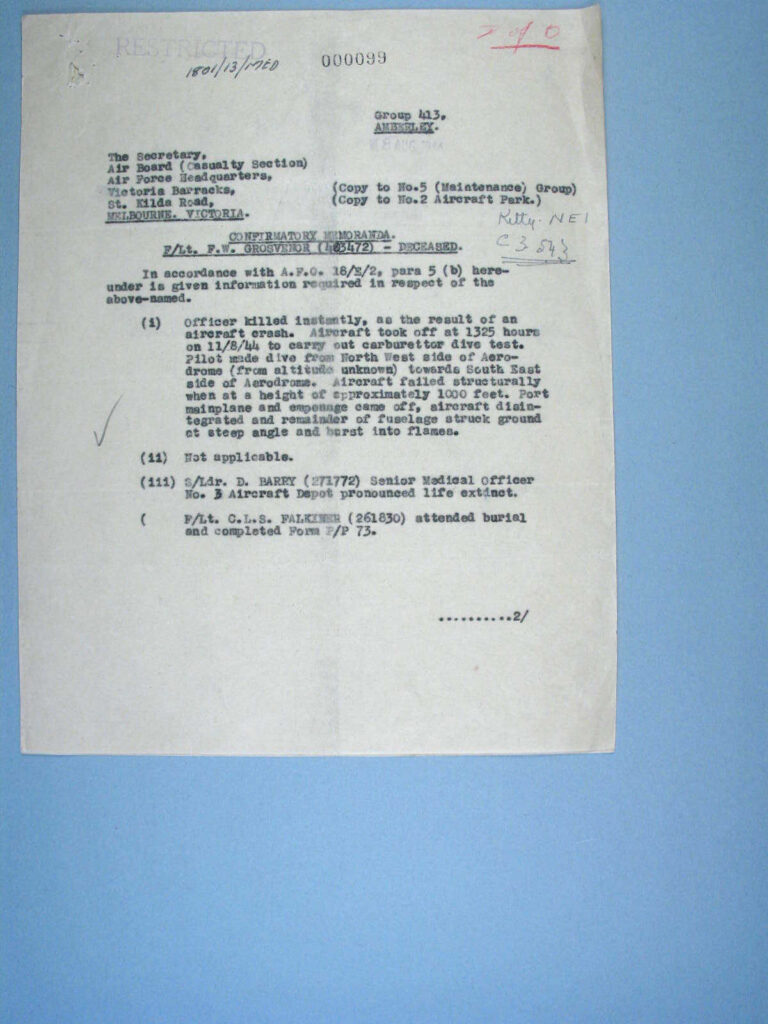
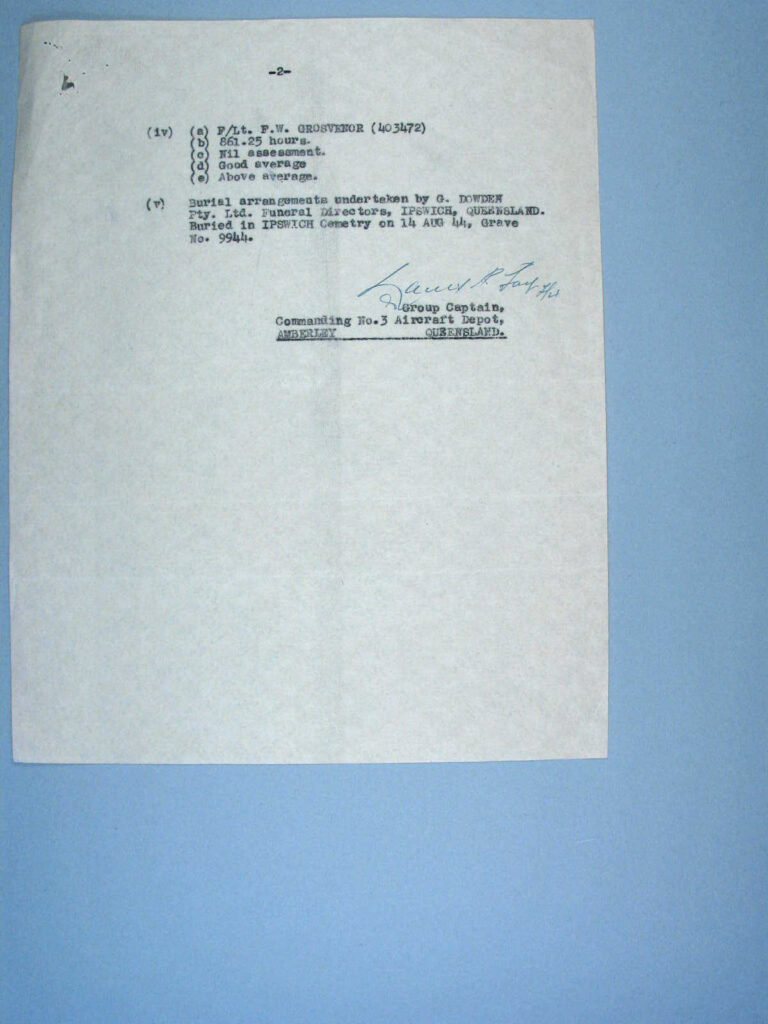
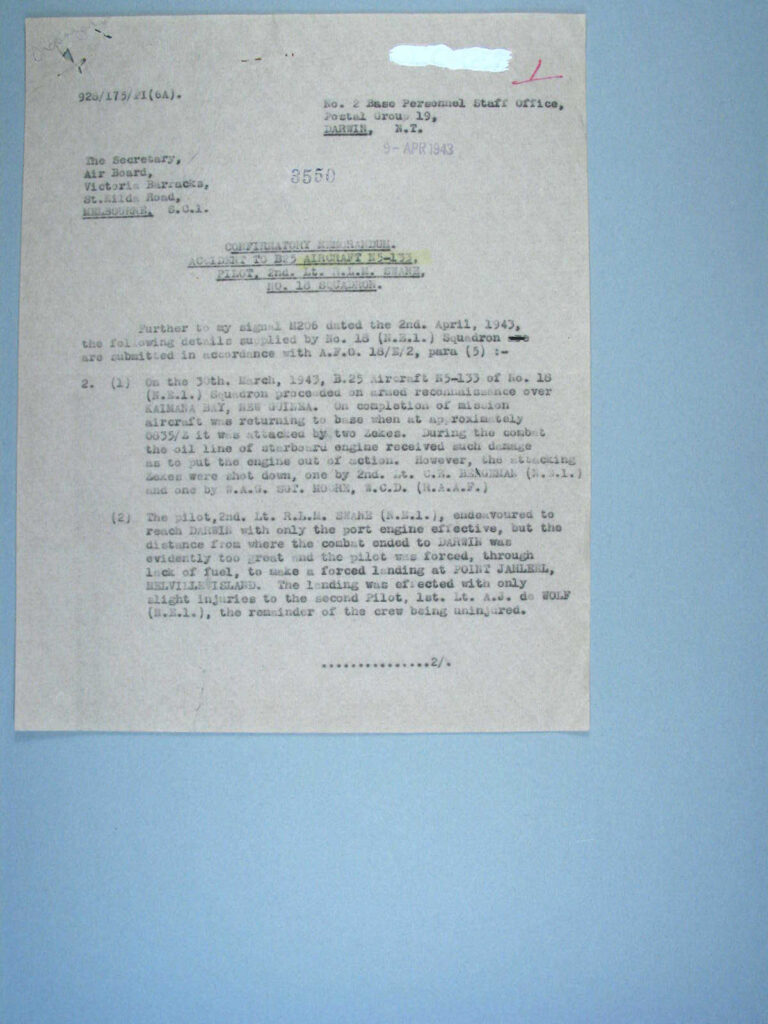
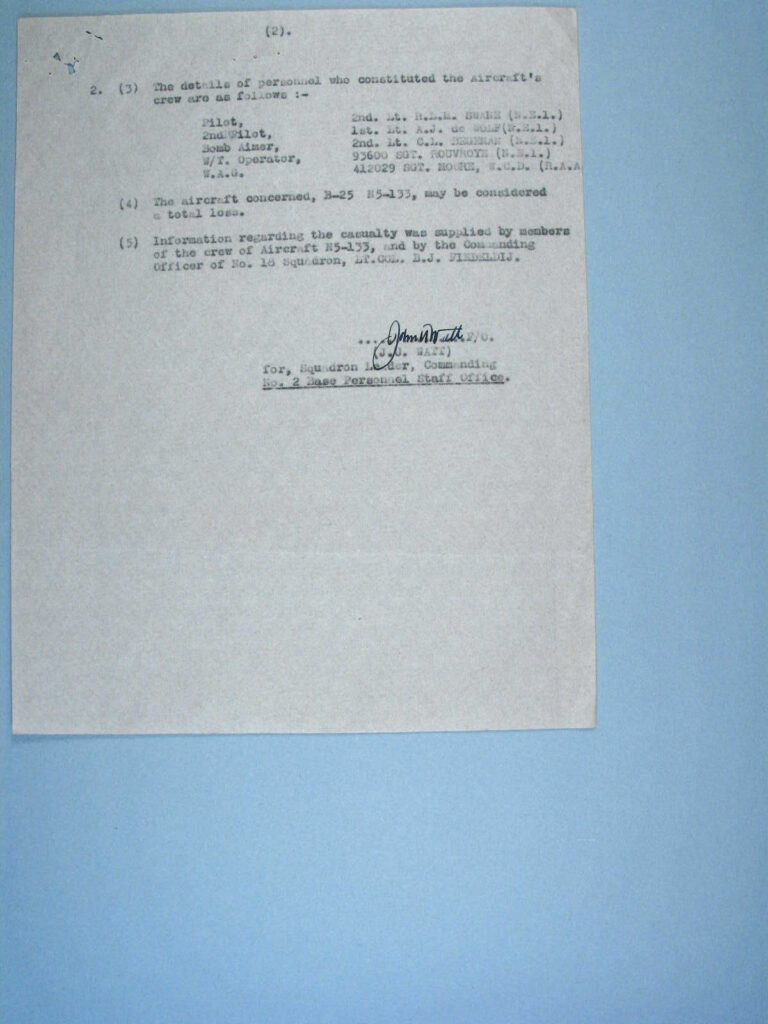

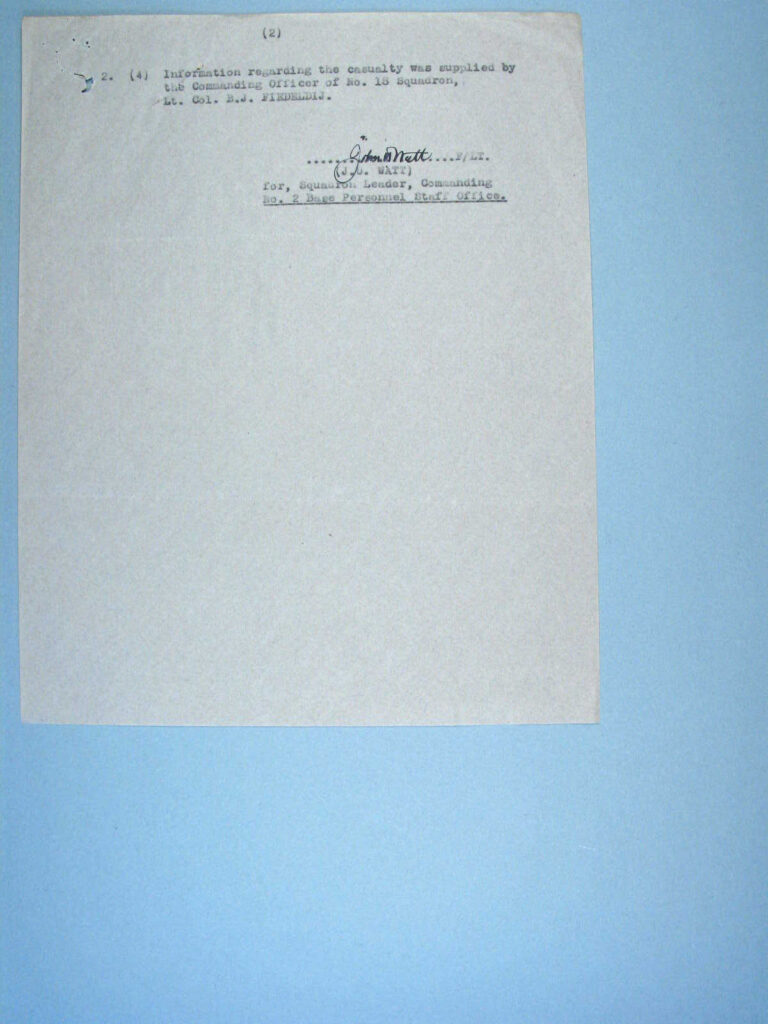
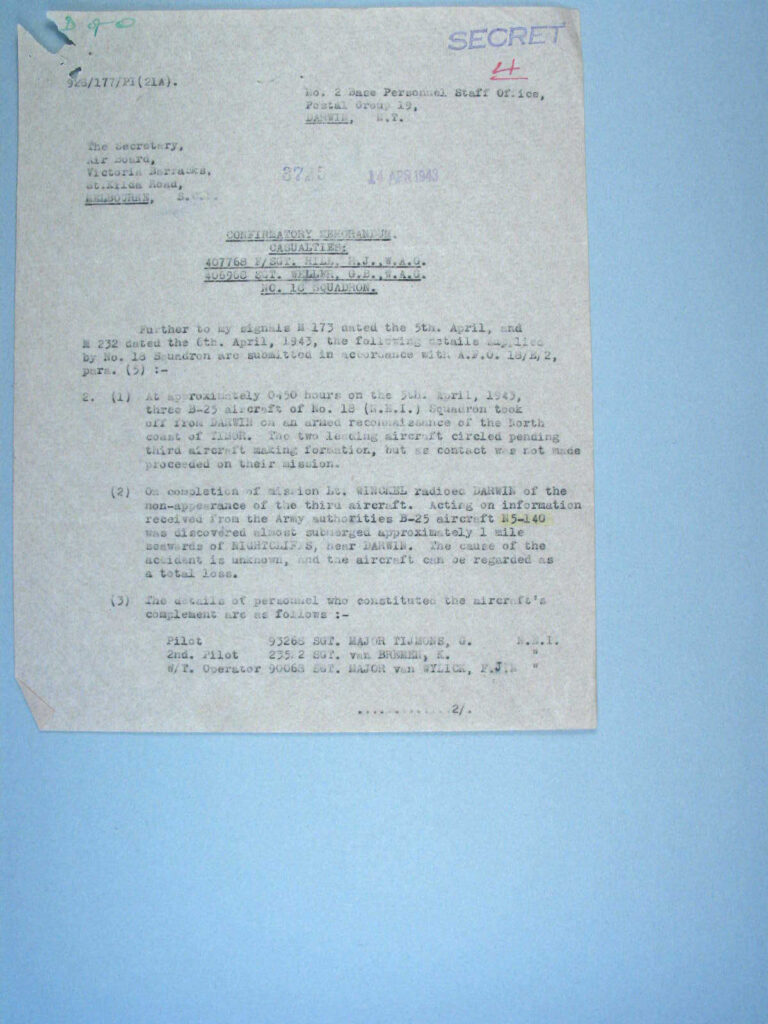
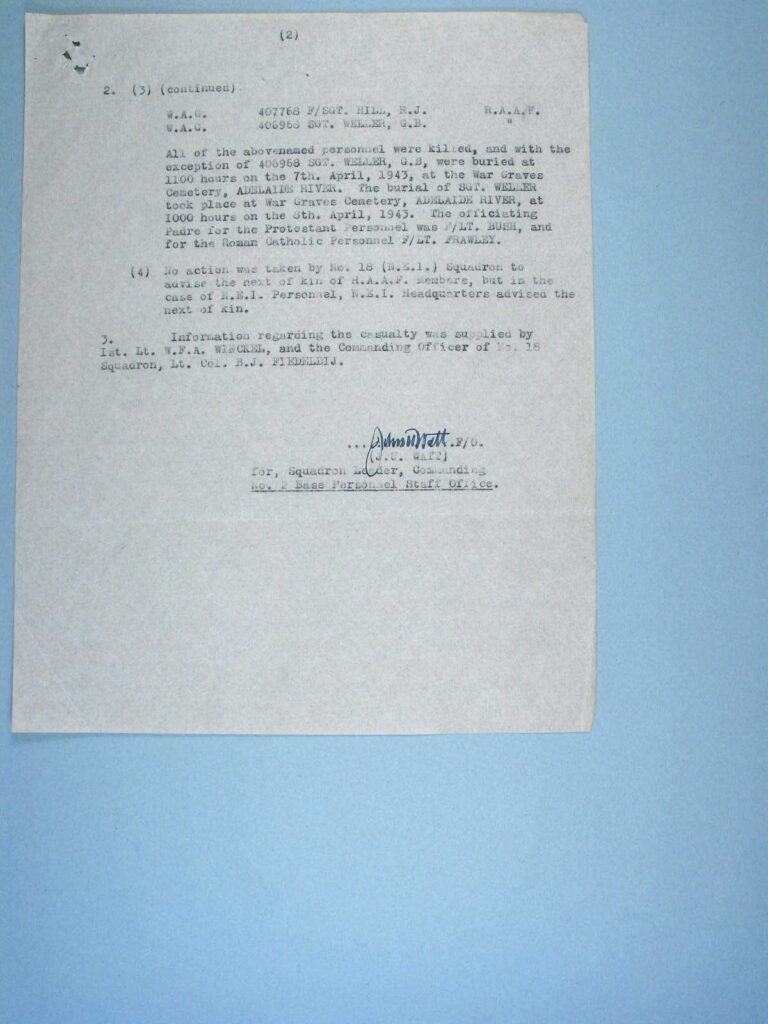
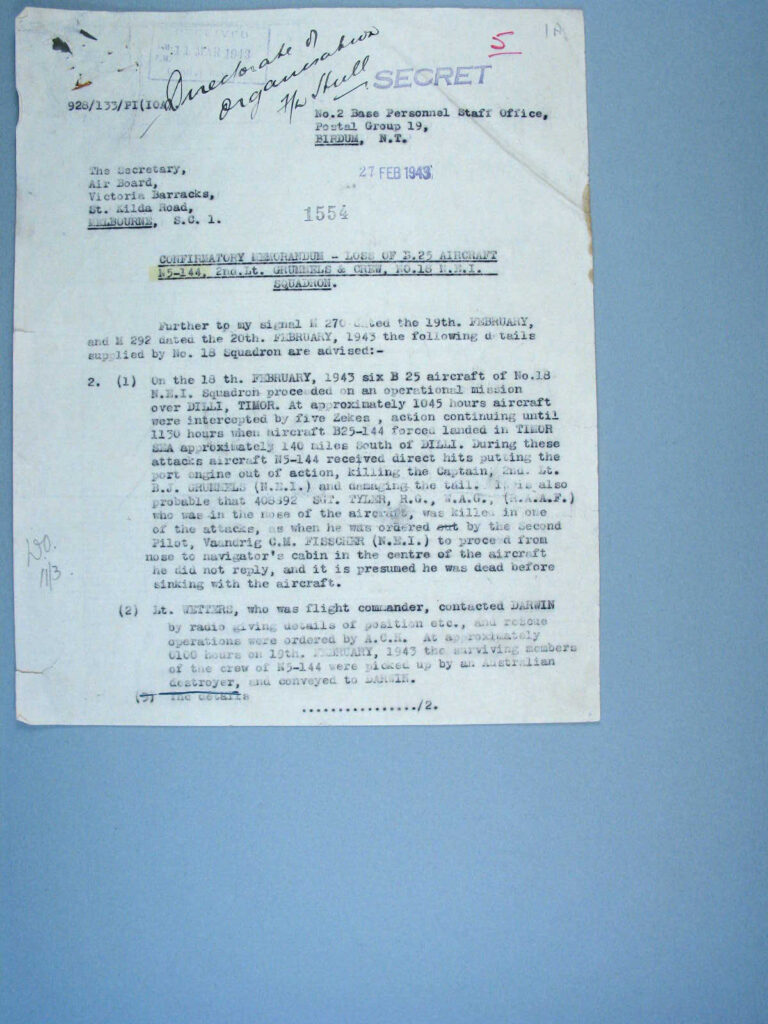
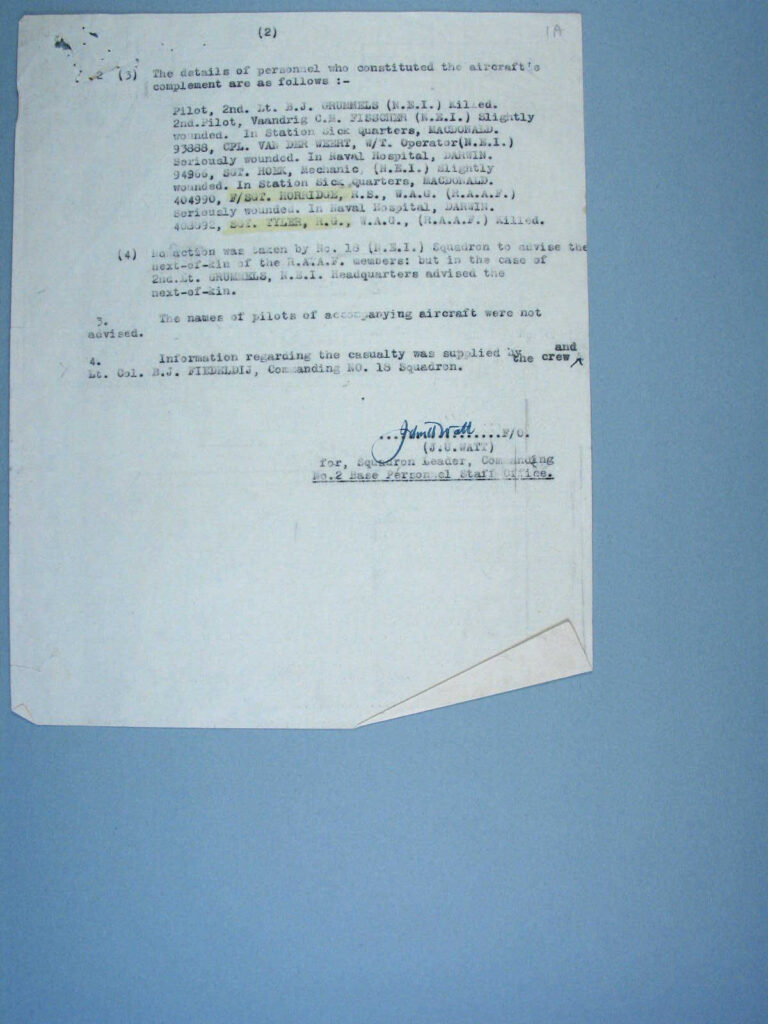
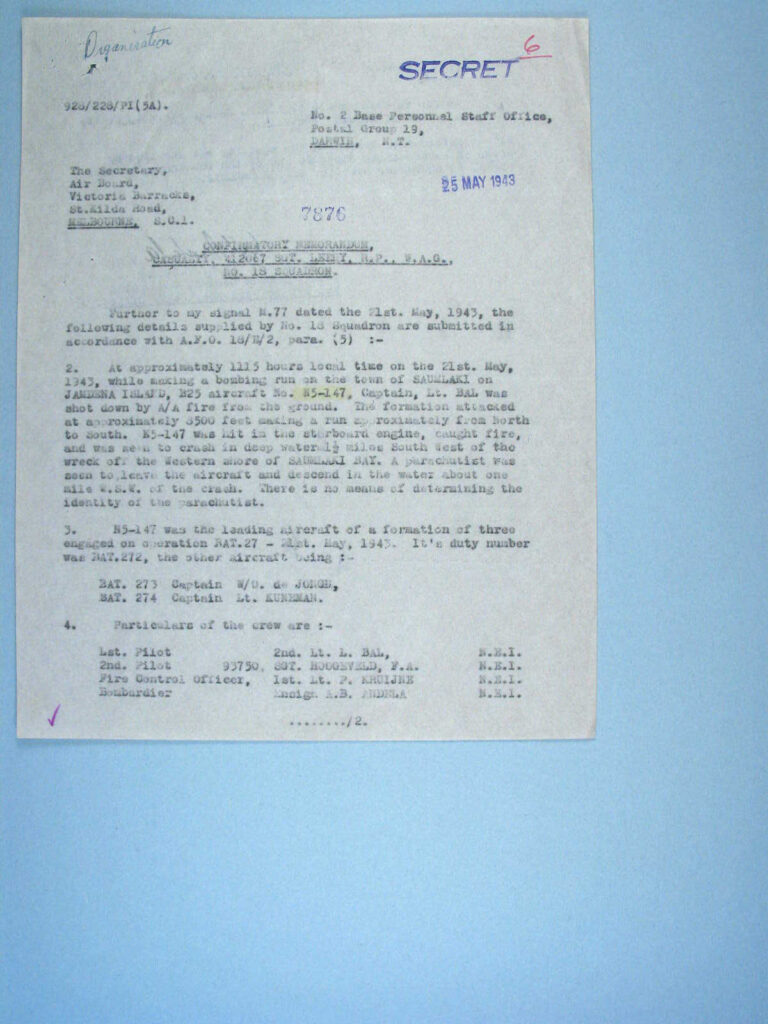
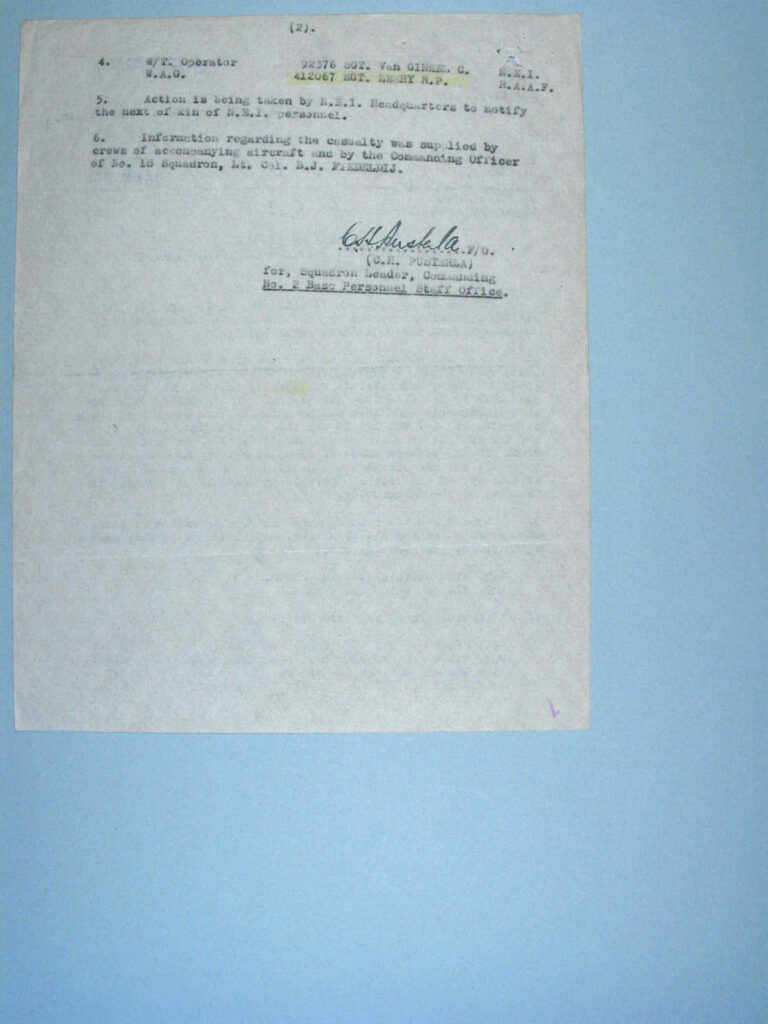
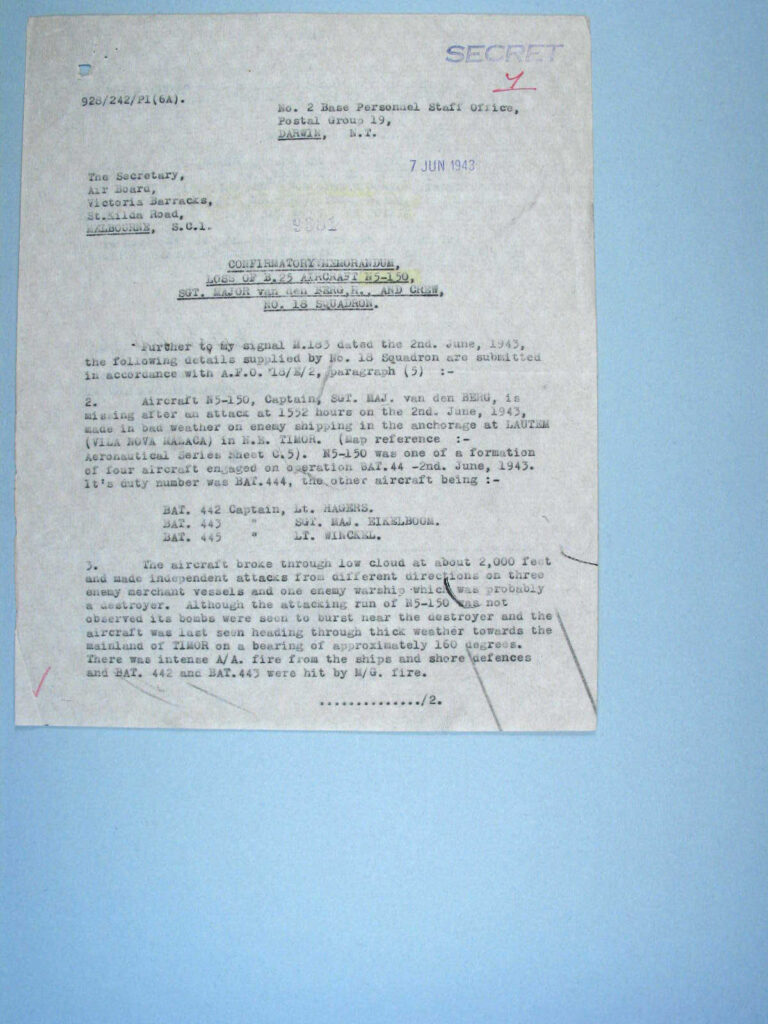
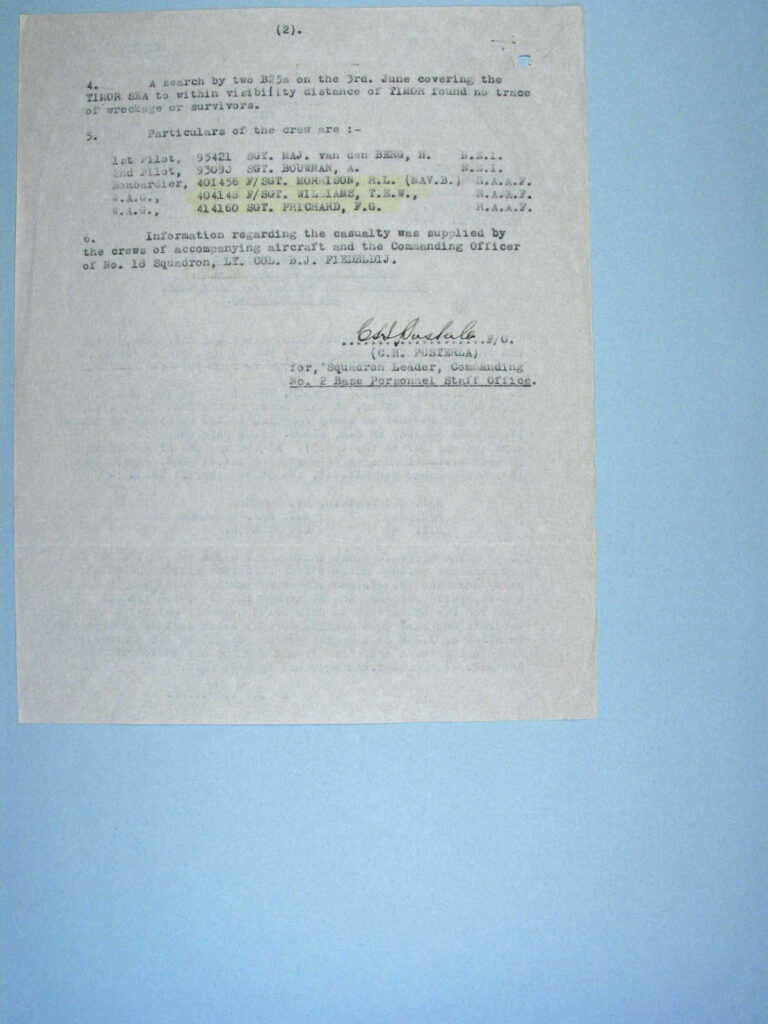
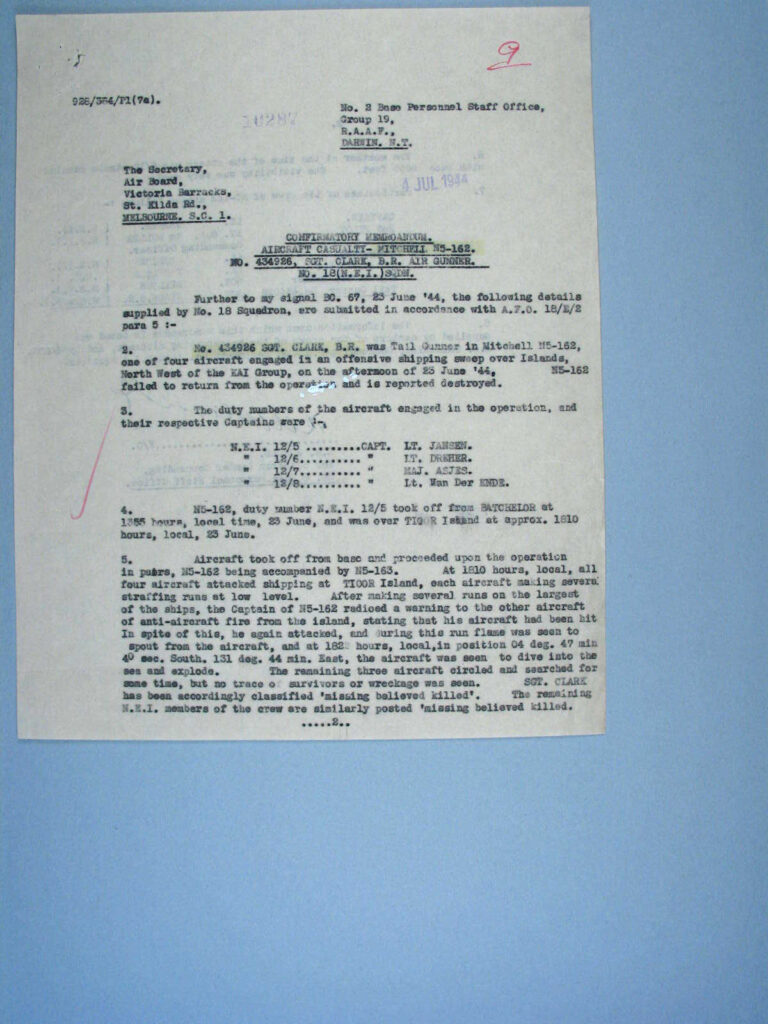

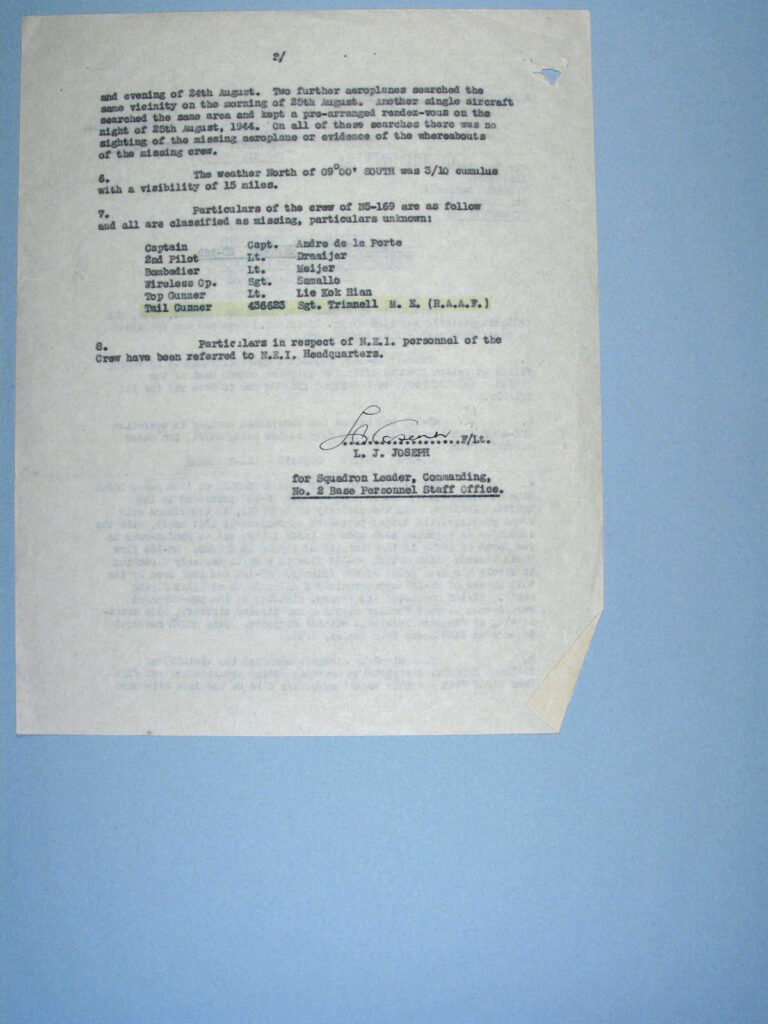
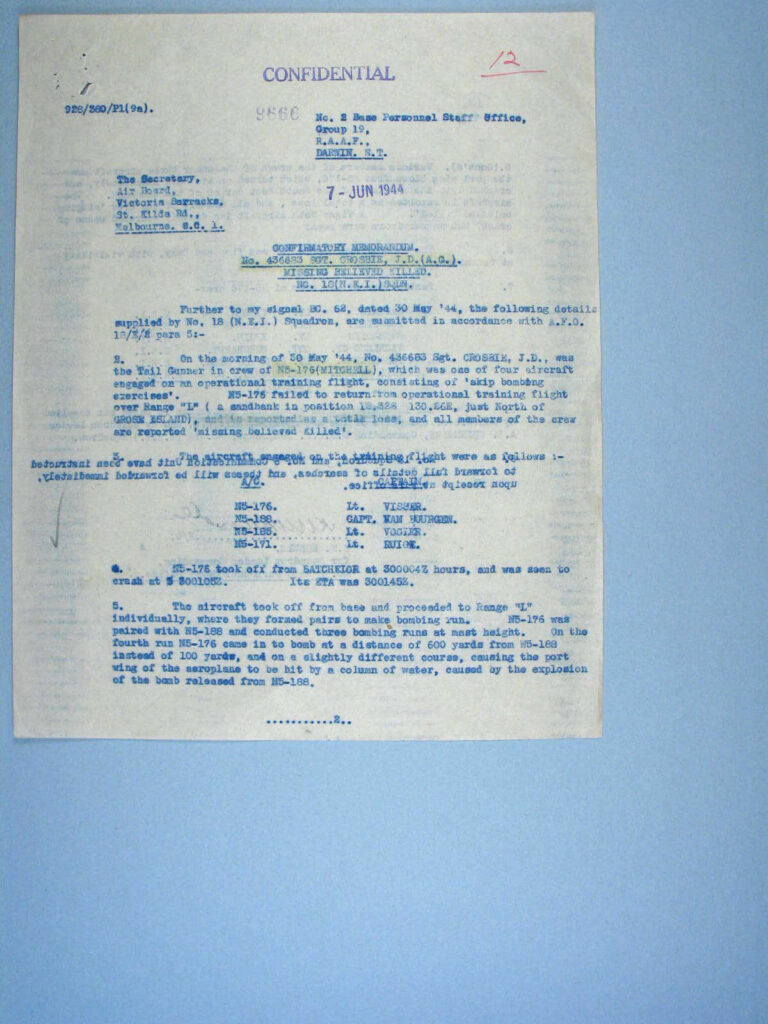
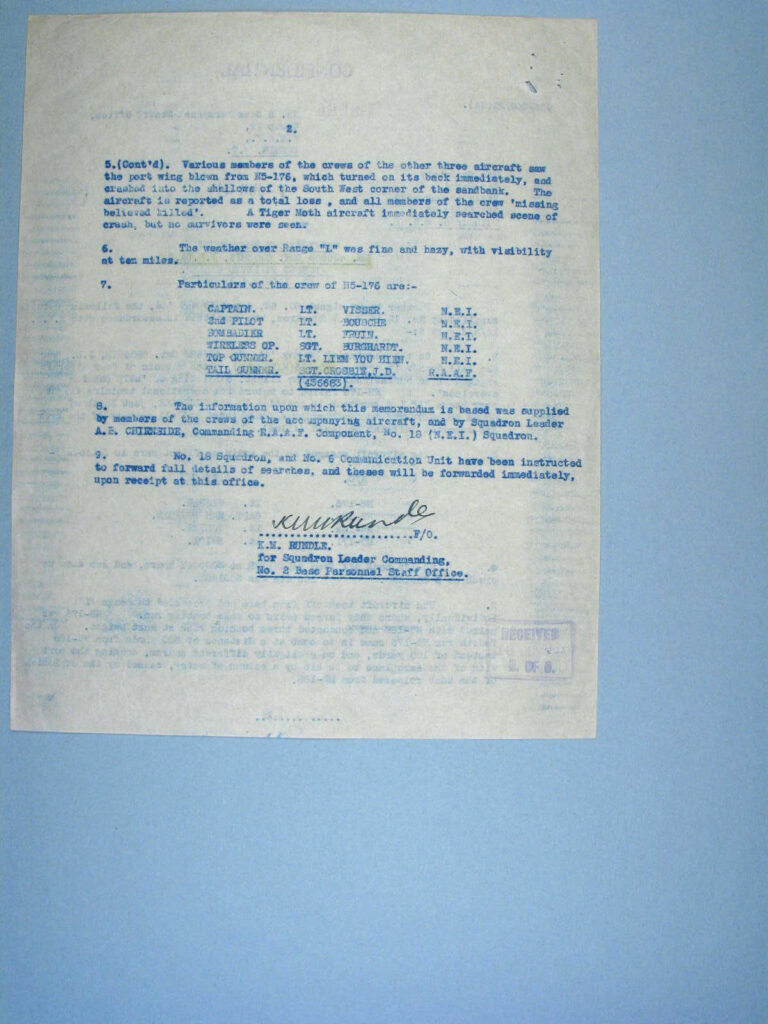
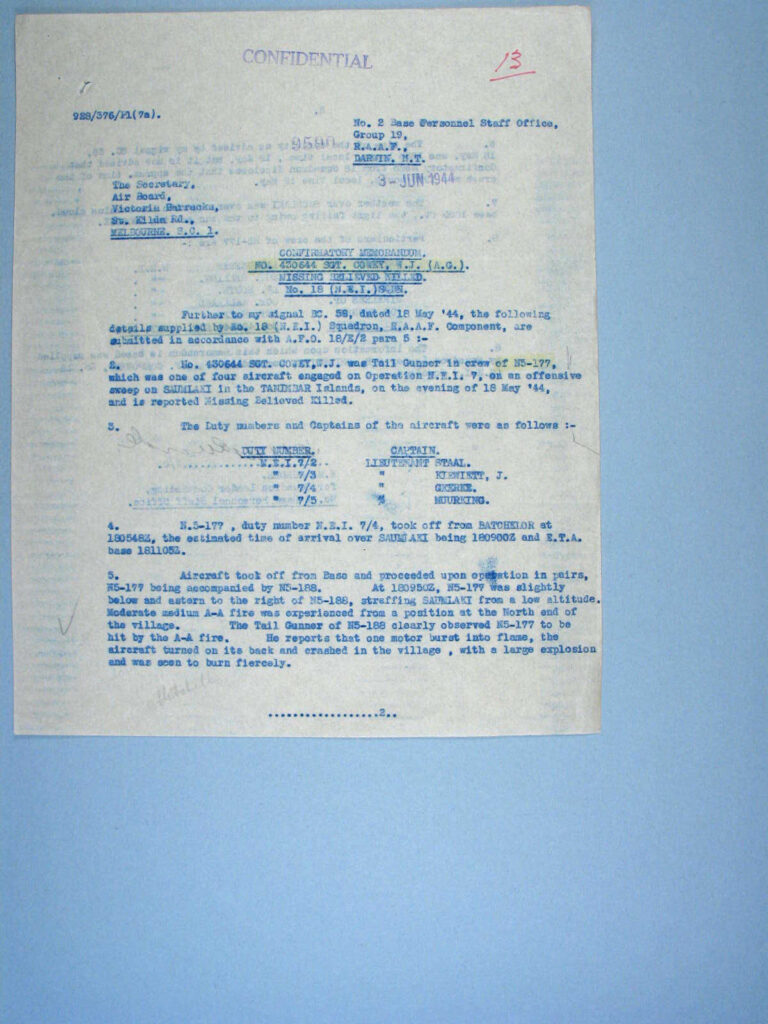
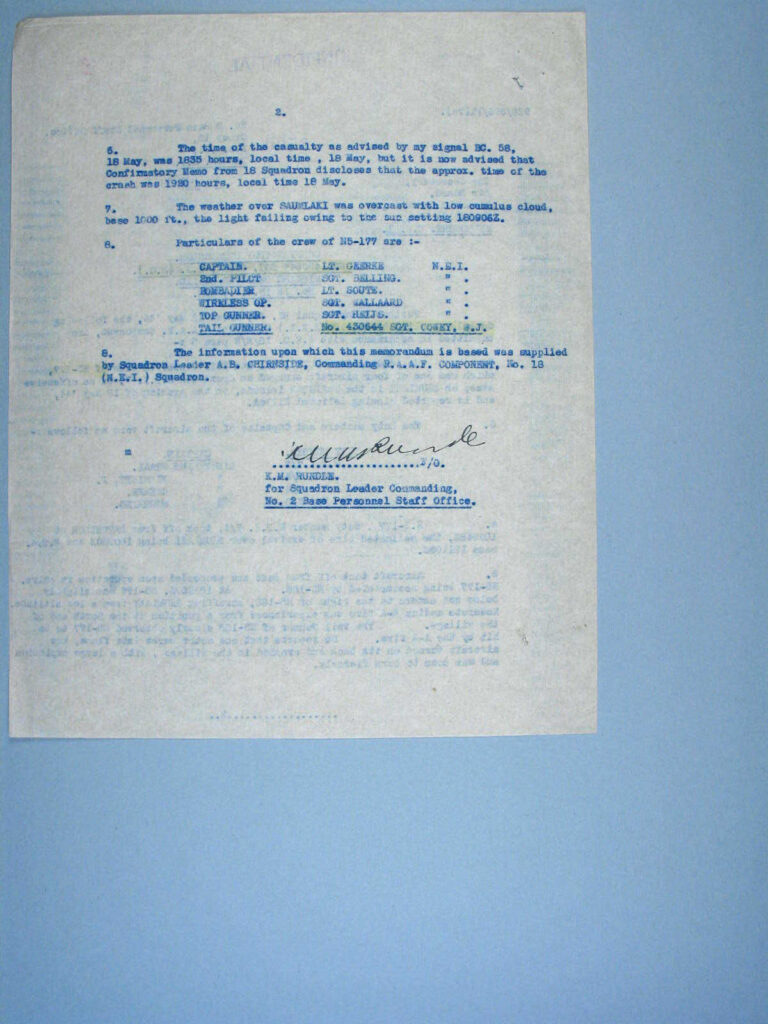
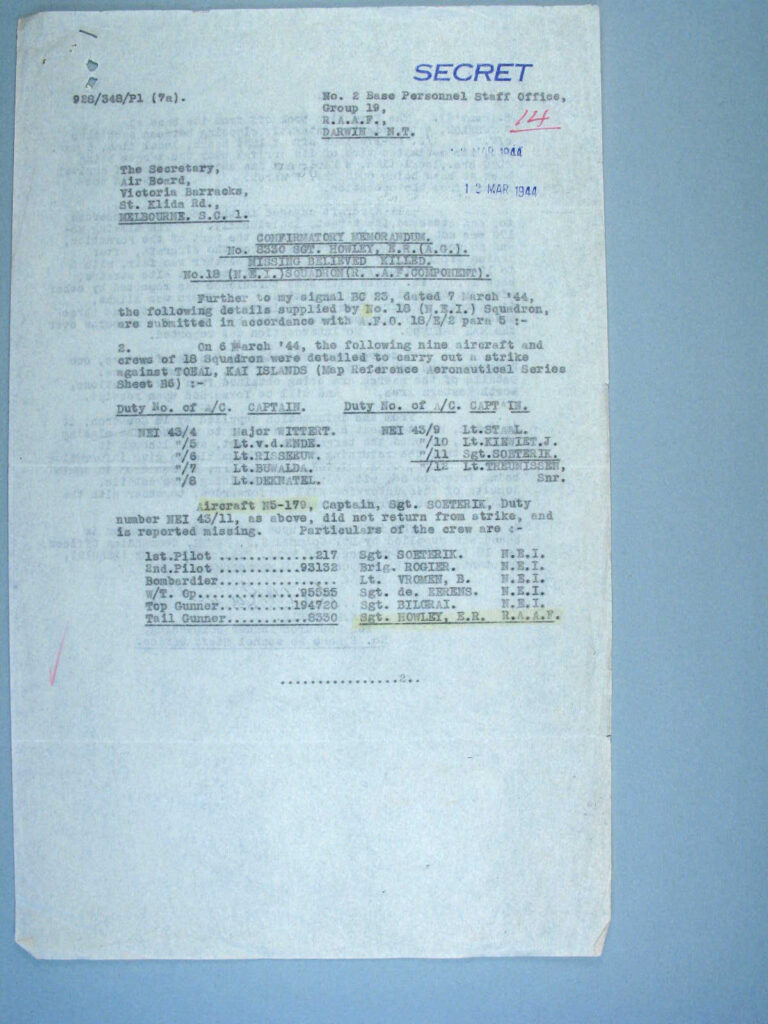
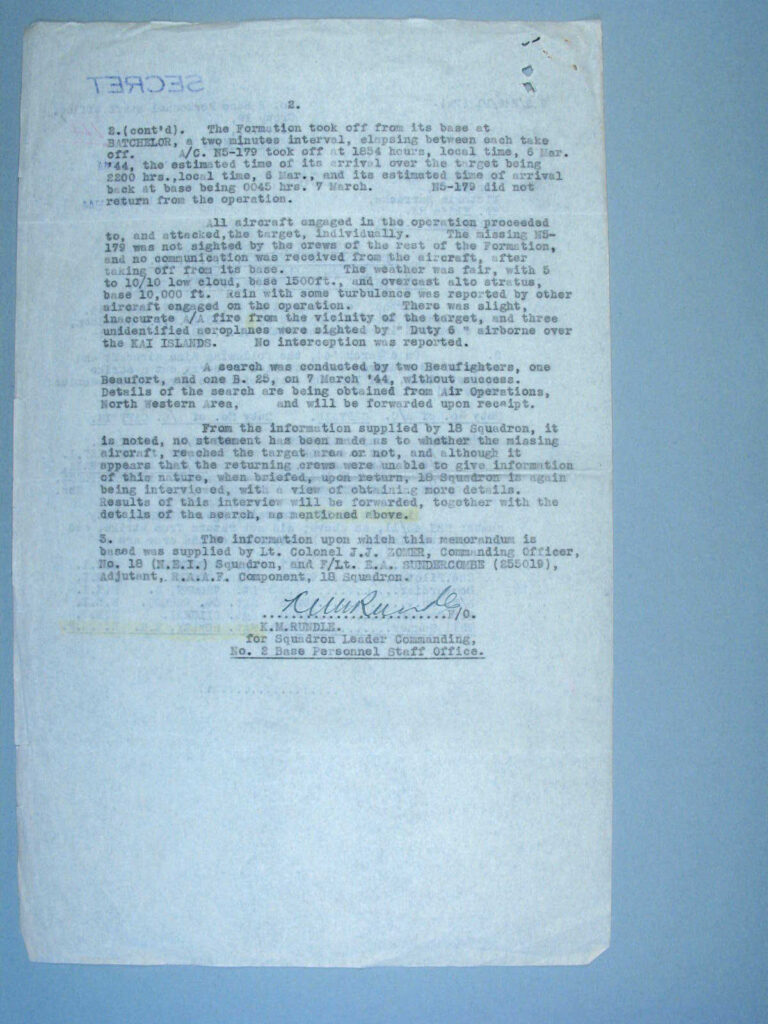
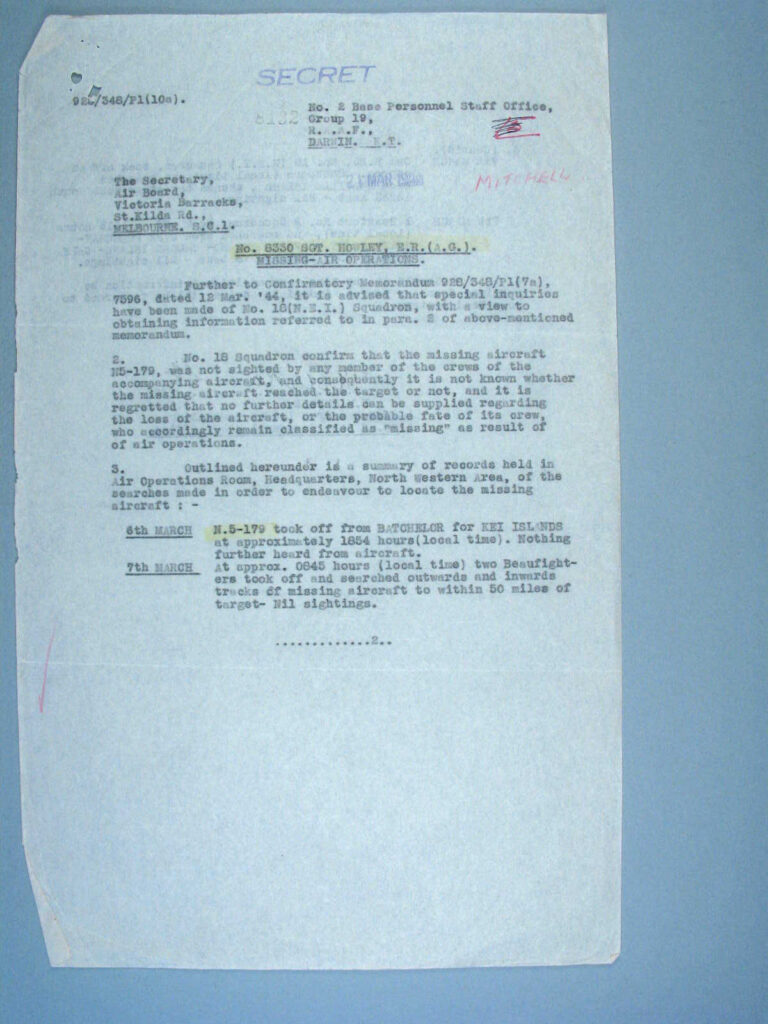
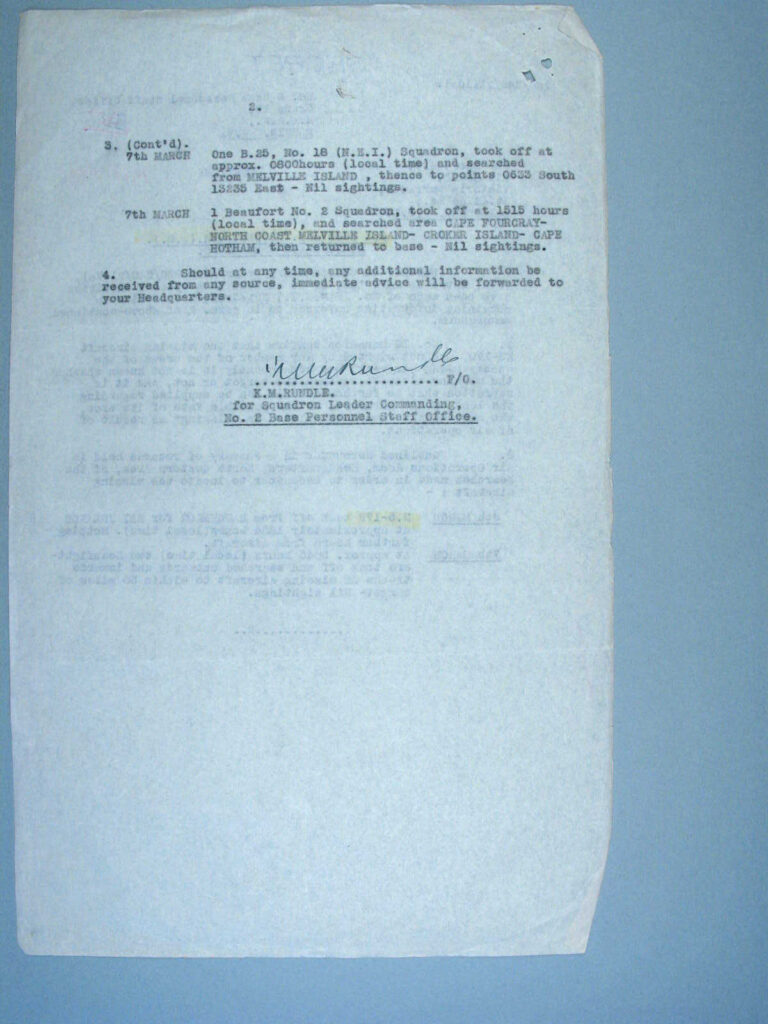


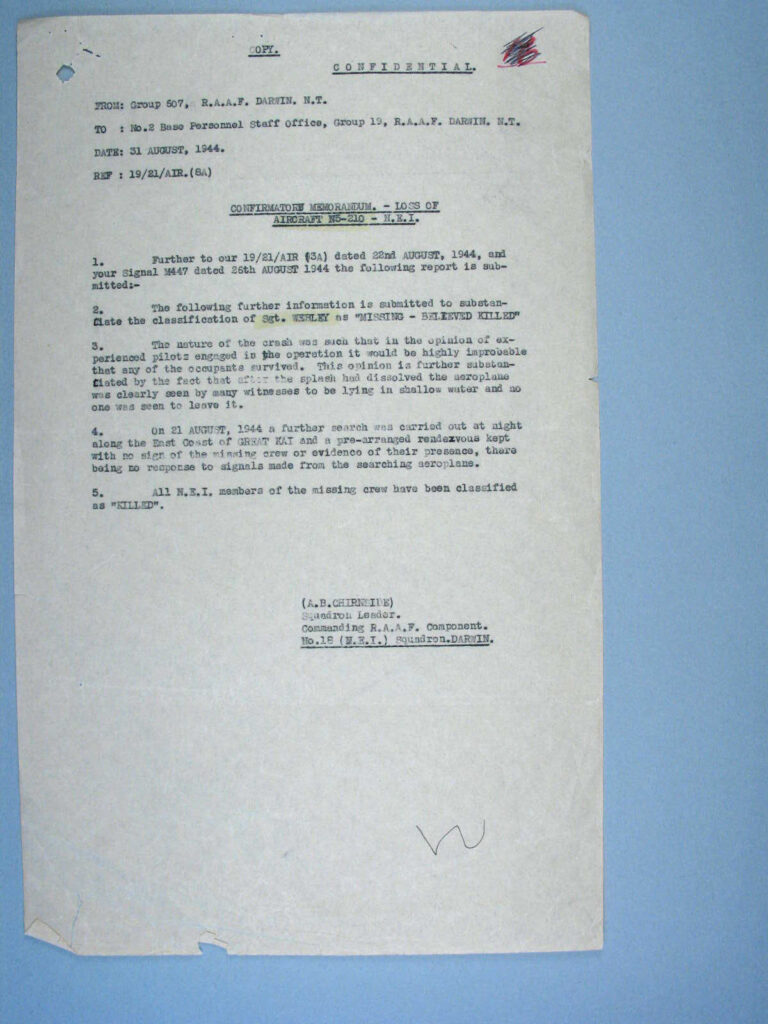
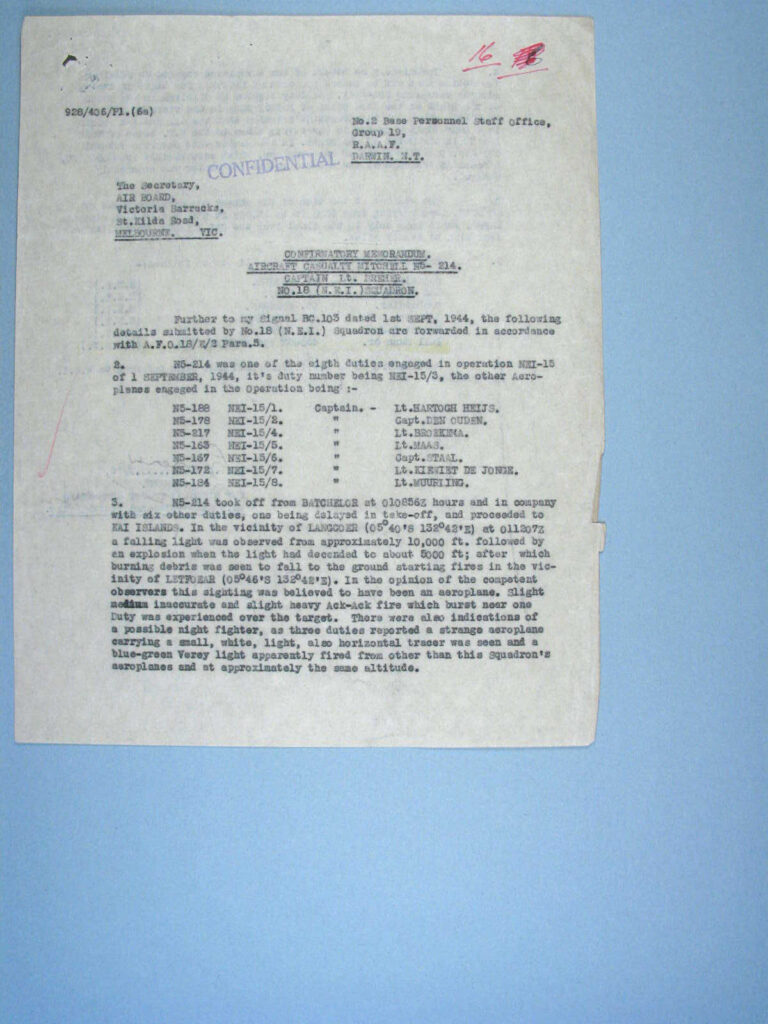
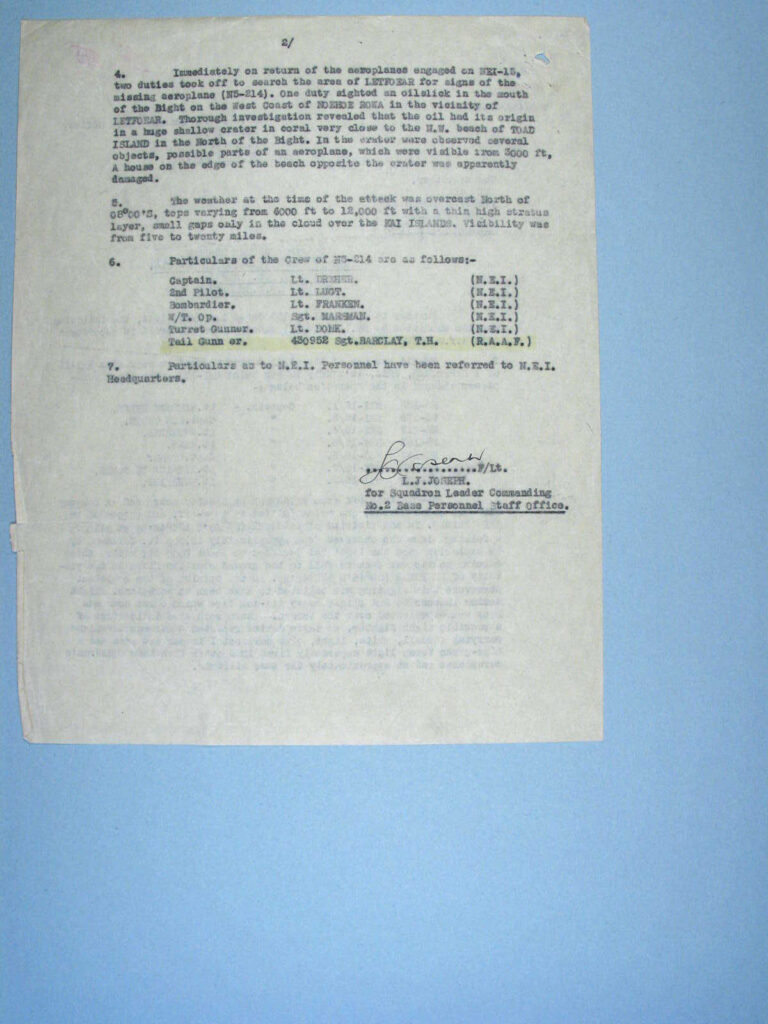

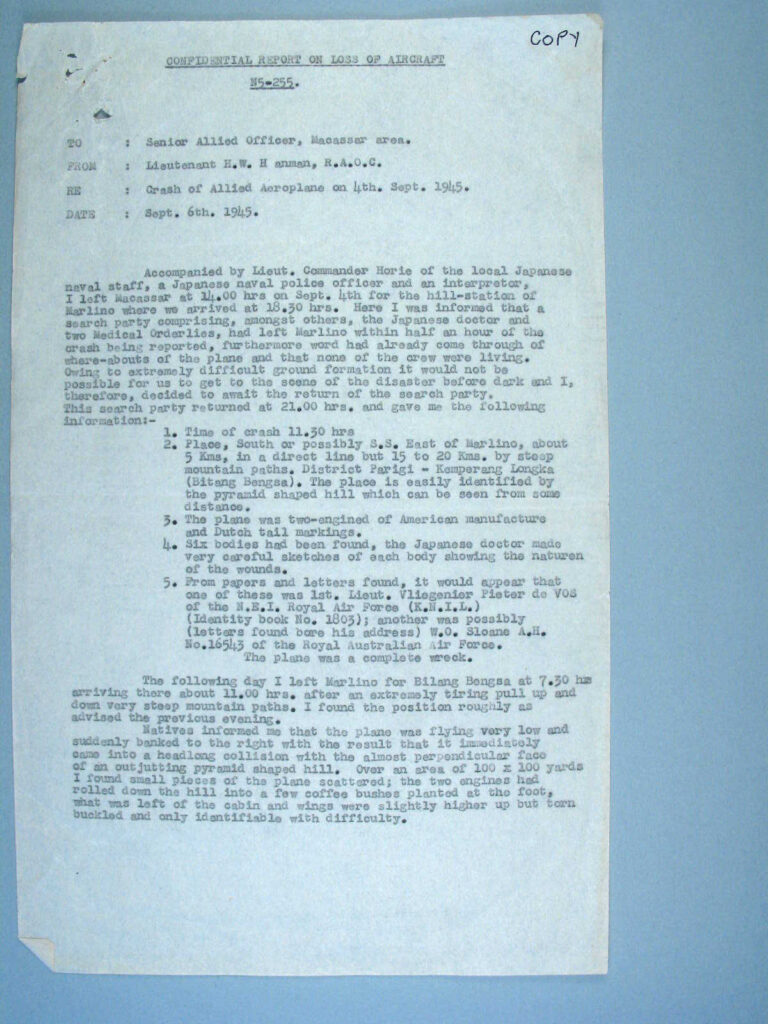

The following website also offers information on the Air Force of the Royal Netherlands East Indies Army. Key in Netherlands East Indies for an overview of available files.
